 Abraham Lincoln
If given the truth, the people can be depended upon to meet any national crisis...
Abraham Lincoln
If given the truth, the people can be depended upon to meet any national crisis...
 Guildford news...
for Guildford people, brought to you by Guildford reporters - Guildford's own news service
Guildford news...
for Guildford people, brought to you by Guildford reporters - Guildford's own news service
Birdwatcher’s Diary No. 306
Published on: 17 Jun, 2024
Updated on: 17 Jun, 2024
By Malcolm Fincham
The weather remained cool during the first weeks of June as a north-westerly flow kept temperatures down across the UK.
There are even reports from a long-time friend and wildlife observer, now living near the Cairngorms, that snow has been falling in the Scottish highlands. http://www.highlandwildlifesafaris.co.uk/
Southern counties of England fared much better, although even here we felt fortunate when on a few occasions when the sun shone and daytime temperatures touched 20c.
My personal challenge when the sun did shine was to attempt to keep up with seeing some of the butterflies as they began to emerge. Along with anything else to take my interest in the way of a photograph while on my travels about the local countryside and beyond.
A visit to Denbies Hillside on Ranmore Common near Dorking early in the month saw my first few adonis blue butterflies starting to emerge on their first brood of the year.
 Rose-chaffer beetles buzzed about me, looking rather dapper in their shiny metallic-green outfits when I eventually caught up with one for long enough to photograph.
Rose-chaffer beetles buzzed about me, looking rather dapper in their shiny metallic-green outfits when I eventually caught up with one for long enough to photograph.
As well as a few common blue butterflies which I later saw at numerous other venues I visited.
On June 5 at Pewley Down I found my first few small blue butterflies, which had started to emerge along the south-facing slopes.
I also spotted my first two meadow brown butterflies of the year, although unable to gain the enthusiasm to chase them around the hillside for a photo when I was sure to get plenty of opportunities during the weeks to come.
Small heath butterflies had become the most prominent of sightings at the areas visited during the first weeks of June.
And green hairstreak butterflies continued to be seen at a number of locations.
Strangely interesting to me were a few pictures I took of what seemed to be swollen-thighed beetles, also known as the thick-legged flower beetles.
And it just takes one look at a male to see why as they have huge green bulges on the femora of their hind legs.
At Clandon Wood Burial Ground the wildflower meadows had begun to flourish, with ox-eyed daises now being the most dominant.
Looking more closely among the variety of flora, it seemed to be a good year there (as well as at many other sites visited) for one of my favourite orchids, the bee orchid.
Annually breeding there with a nest box provided are a pair of kestrels, and this year was no different. Two of the four young kestrels could already be viewed peering out and appearing soon to be ready to fledge.
Although it was a little too early and too cool and overcast to see some of the regular butterflies, I did allow myself a few moments to attempt to photo the swallows hawking over one of the ponds.
A visit to the Riverside Nature Reserve near Burpham on June 7, saw little in the way of butterflies apart from a speckled wood and a brief glimpse of a passing red admiral.
However, a few species of damselflies could be found by Stoke Lake.
Out on the lake a pair of great crested grebes could be viewed now raising two young at their side.
By the lakeside reed warblers were busily, toing and froing back and forth, through the reed beds, feeding their young, some of which had already fledged their nests.
A young reed bunting could be viewed, still in attendance of its parents.
The adult male looking quite different with its black head-mask.
The fledgling much more resembling like its mum.
At Stoke Lock a pair of Egyptian geese were still in attendance of what were now just two remaining, but rapidly growing, goslings.
Red kites continued to feature among the gulls viewed across the river in the direction of the recycling centre.
By the lock-side a pair of grey wagtails could be watched hunting over the river for insects, collecting them in reasonable mouthfuls, then taking them to feed their young.
It was also nice to capture a few photos of greenfinches, these having declined greatly in past decade, but seemingly beginning to stabilise a little at the riverside, as well as at a few other sites I had visited locally.
On June 9, in the company of Bob and Dougal, and taking advantage of the forecast of at least a sunny morning. we made an early start on a trip to Wiltshire.
Our first stop was to Winterbourne Downs, were the south-facing chalk downland holds a wealth of important biodiversity in the way of flora and fauna.
The area is part of a conservation project launched by the RSPB in the 1980s, mostly to protect stone-curlew habitat.
The bright morning sunshine was evoking much bird sound on our arrival. Even welcomed by the delightful sounds of a garden warbler as we walked up the track from the car park.
An view point erected by the RSPB allowed views across the fields to where at least two pairs of stone curlews had recently been seen.
Although quite distant to photograph, much better views of one pair could be attained through a telescope.
Further up the slope the path opened out alongside flower meadows where we were treated to the sights and sounds of singing skylarks.
Corn buntings.
And yellowhammers.
An added bonus, and a lovely addition to this year’s first sightings, were marsh fritillary butterflies. Still looking very prominently marked even although now coming to the end of their reign.
A visit to Amesbury on Salisbury Plain gave us the opportunity to once again view those magnificent great bustards, having previously seen written about in my past of reports.
https://guildford-dragon.com/birdwatchers-diary-no-42/
https://guildford-dragon.com/birdwatchers-diary-no-211/
https://guildford-dragon.com/birdwatchers-diary-no-255/
Now reportedly being a self-sustaining population of more than 100 birds, although quite distant, several could be found.
And although being Europe’s heaviest flying bird, with only the South African Kori bustard being the heaviest in the world, it’s incredible how elusive they can be while feeding within their surroundings.
A bonus bird of the day was a singing whinchat, although disappointed with myself for not getting a decent photo of it while it perched briefly on a post.
I did gain some credence by getting a rather pleasing shot of one of many corn buntings in the area from the back of Bob’s car!
Back in Surrey on June 11, while visiting Thursley Common, where the first few sprigs of heather had started to flower, silver-studded blue butterflies were starting to emerge. I counted at least five males, but no females, as yet.
Dartford warblers seemed abundant during my walk, flitting back and forth between the gorse bushes, with their contact calls heard regularly and even managing a few photos.
At one point, a roe deer could be viewed running through the heather.
Also, during my walk, getting what I feel are my best photos this year of a male common redstart.
Adding my first photo this year of a female common redstart.
Along the boardwalk a few common lizards could be noted, attempting to gain some warmth from the timber boards.
I was also alerted to a tree pipit briefly still in song, perhaps indicating it was ready to take on a second brood? As it perched up just long enough for a photo.
And a few of those melodic woodlarks were also back in song.
While both male and female stonechats were regularly on show.
Recent Articles
- Charity’s New Programme Meets Needs of SEND Children Without School Places
- Pasta Evangelists to Open First Restaurant Outside London – Right Here in Guildford
- Police Seek Witnesses to Park Barn Assault
- Notice: Rosamund Community Garden
- Village School Set to Close Due to Falling Birth Rate
- Letter: Waverley’s Management of CIL Money Is Morally Questionable
- Dragon Interview: MP Hopes Thames Water Fine Will Be ‘Final Nail in Its Coffin’
- Conservative Claims on Use of CIL Payments ‘Political Theatre’ Say Lib Dems
- Thames Water Faces £122 Million Penalty Following Ofwat Inquiry
- New Knife Crime Strategy for Surrey Announced


Search in Site
Media Gallery
Dragon Interview: Local Artist Leaves Her Mark At One of England’s Most Historic Buildings
January 21, 2023 / No Comment / Read MoreDragon Interview: Lib Dem Planning Chair: ‘Current Policy Doesn’t Work for Local People’
January 19, 2023 / No Comment / Read MoreA3 Tunnel in Guildford ‘Necessary’ for New Homes, Says Guildford’s MP
January 10, 2023 / No Comment / Read More‘Madness’ for London Road Scheme to Go Ahead Against ‘Huge Opposition’, Says SCC Leader
January 6, 2023 / No Comment / Read MoreCouncillor’s Son Starts Campaign for More Consultation on North Street Plan
December 30, 2022 / No Comment / Read MoreCounty Council Climbs Down Over London Road Works – Further ‘Engagement’ Period Announced
December 14, 2022 / No Comment / Read MoreDragon Interview: GBC Reaction to the Government’s Expected Decision to Relax Housing Targets
December 7, 2022 / No Comment / Read MoreHow Can Our Town Centre Businesses Recover? Watch the Shop Front Debate
May 18, 2020 / No Comment / Read More



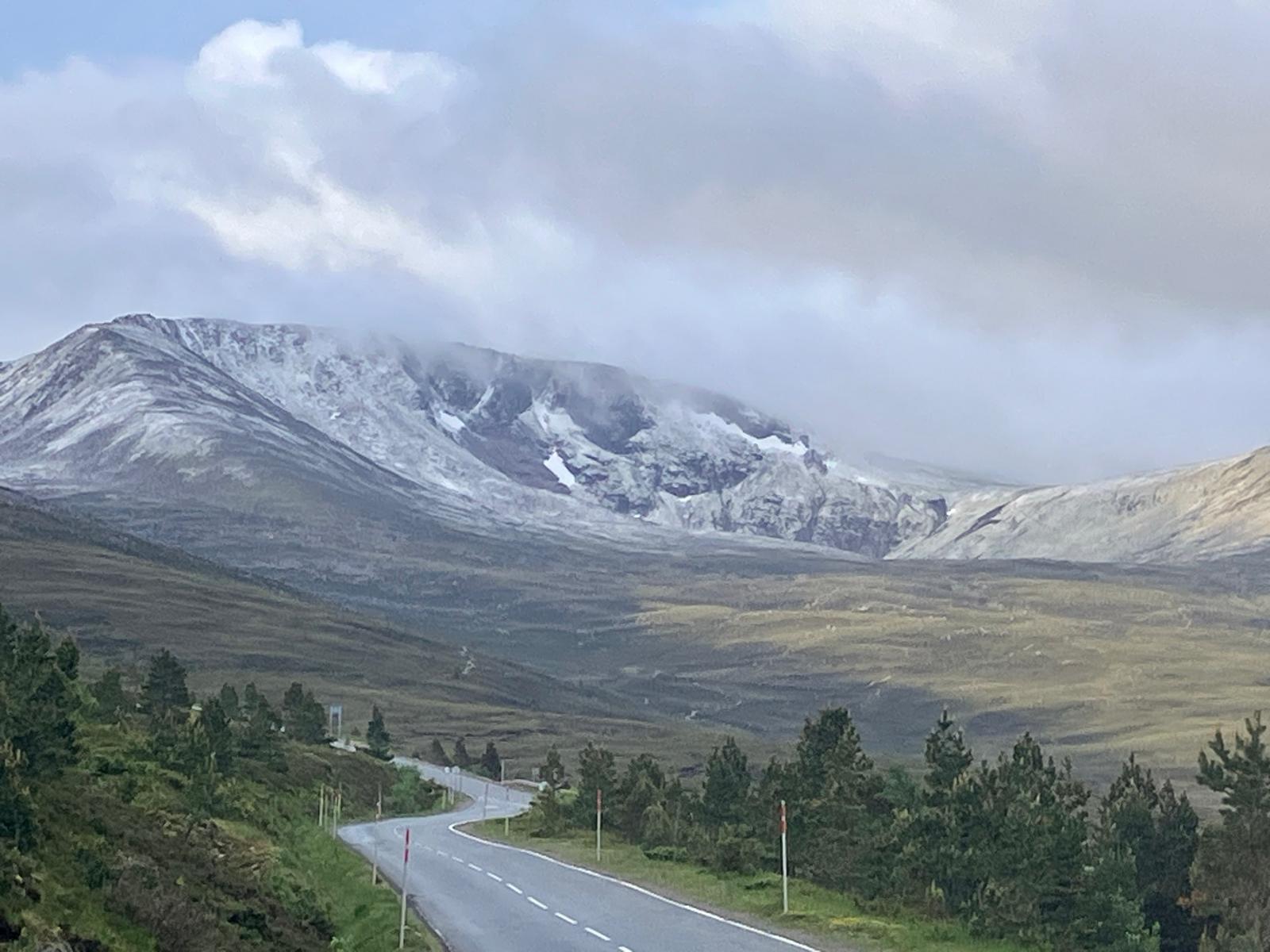
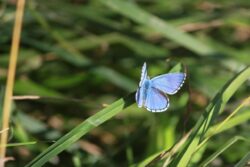
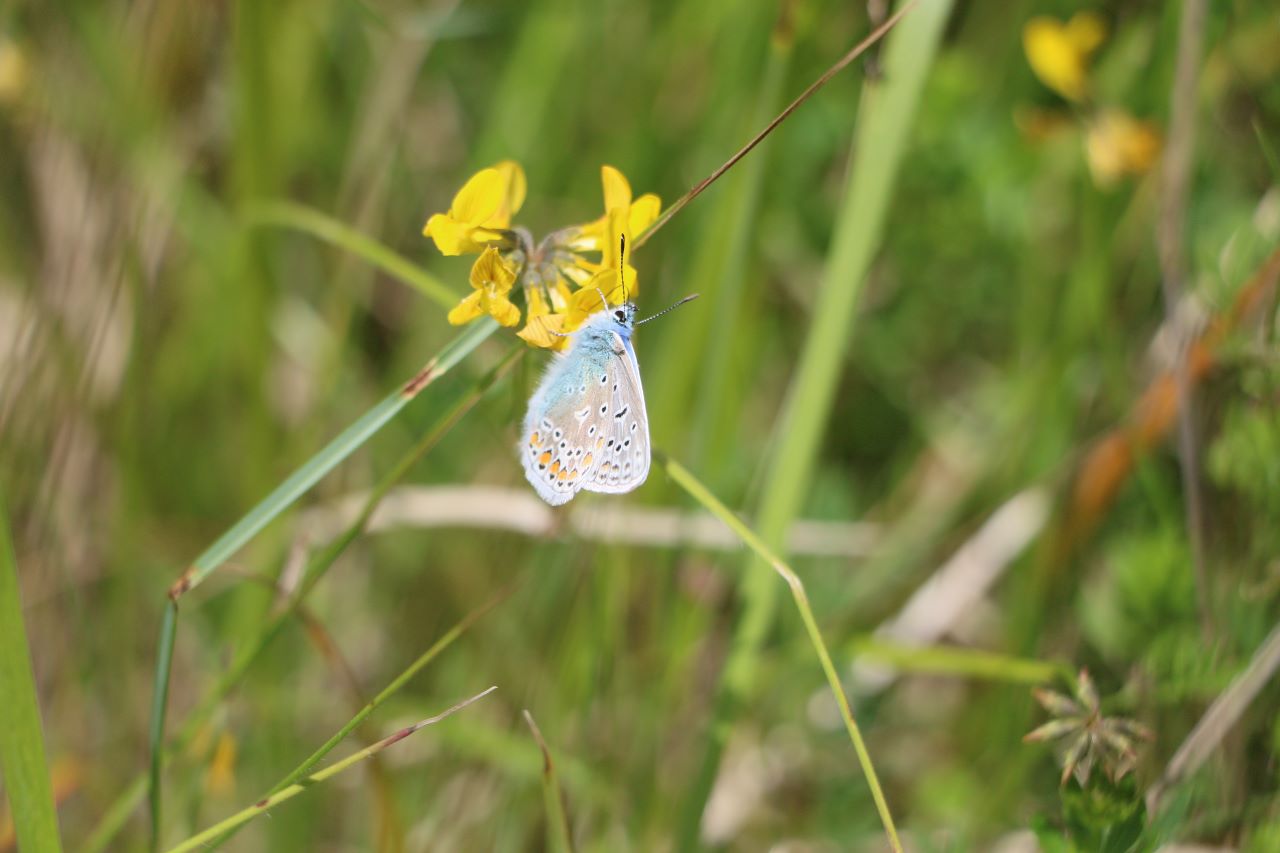
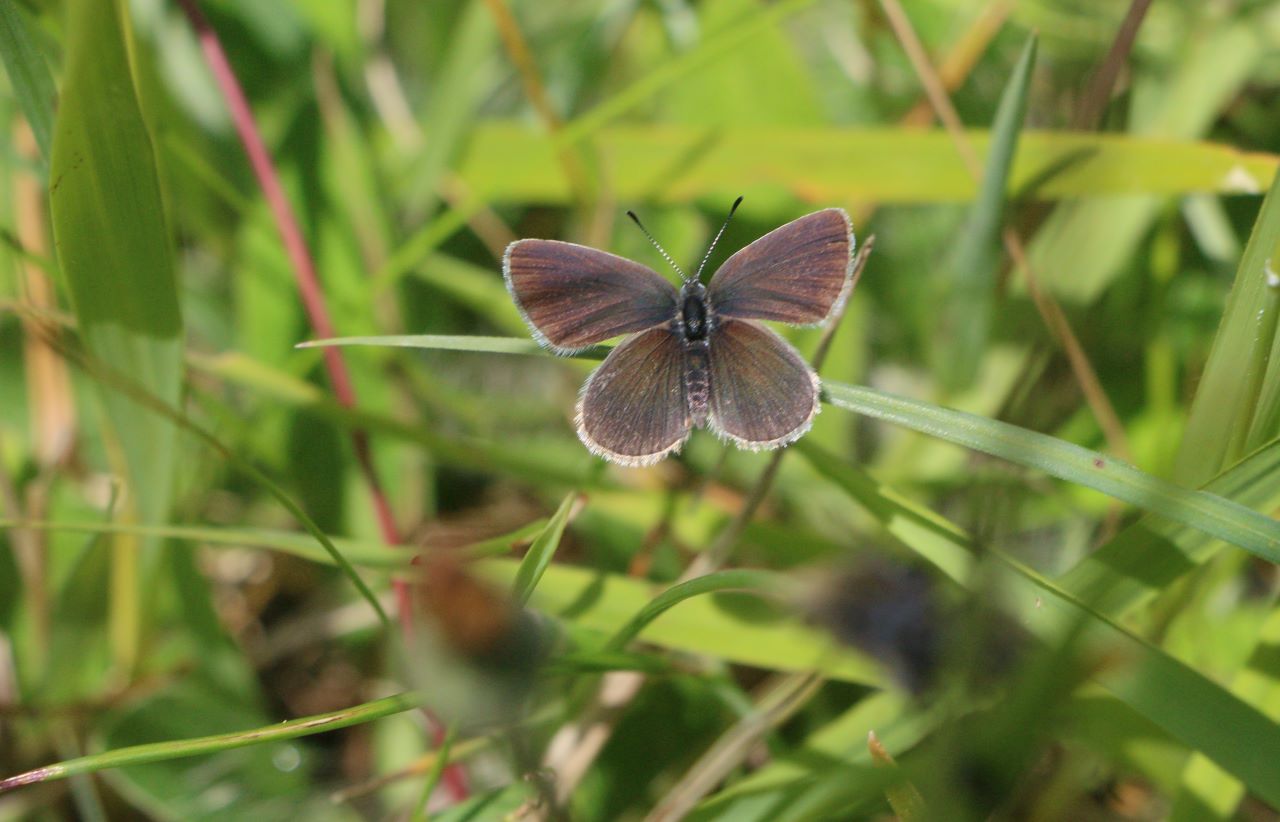

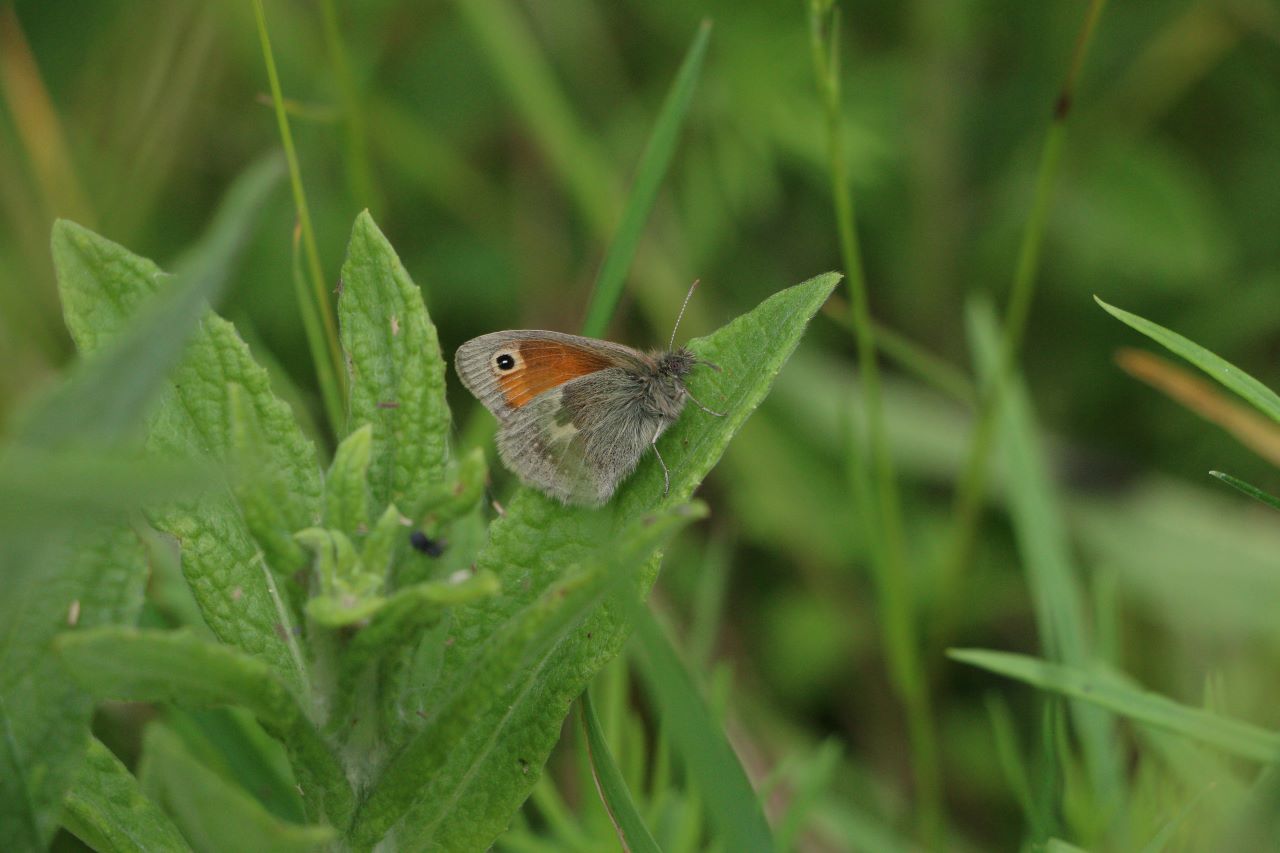
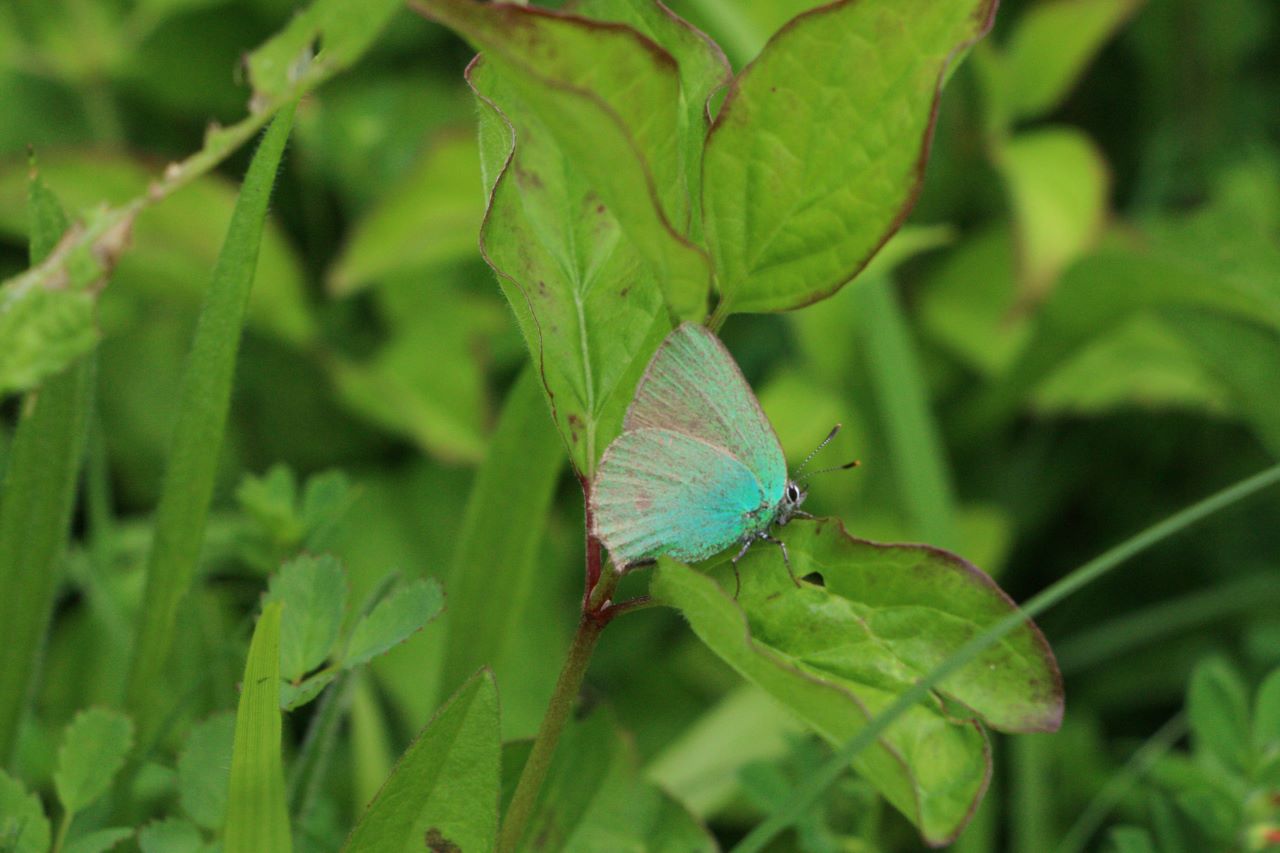
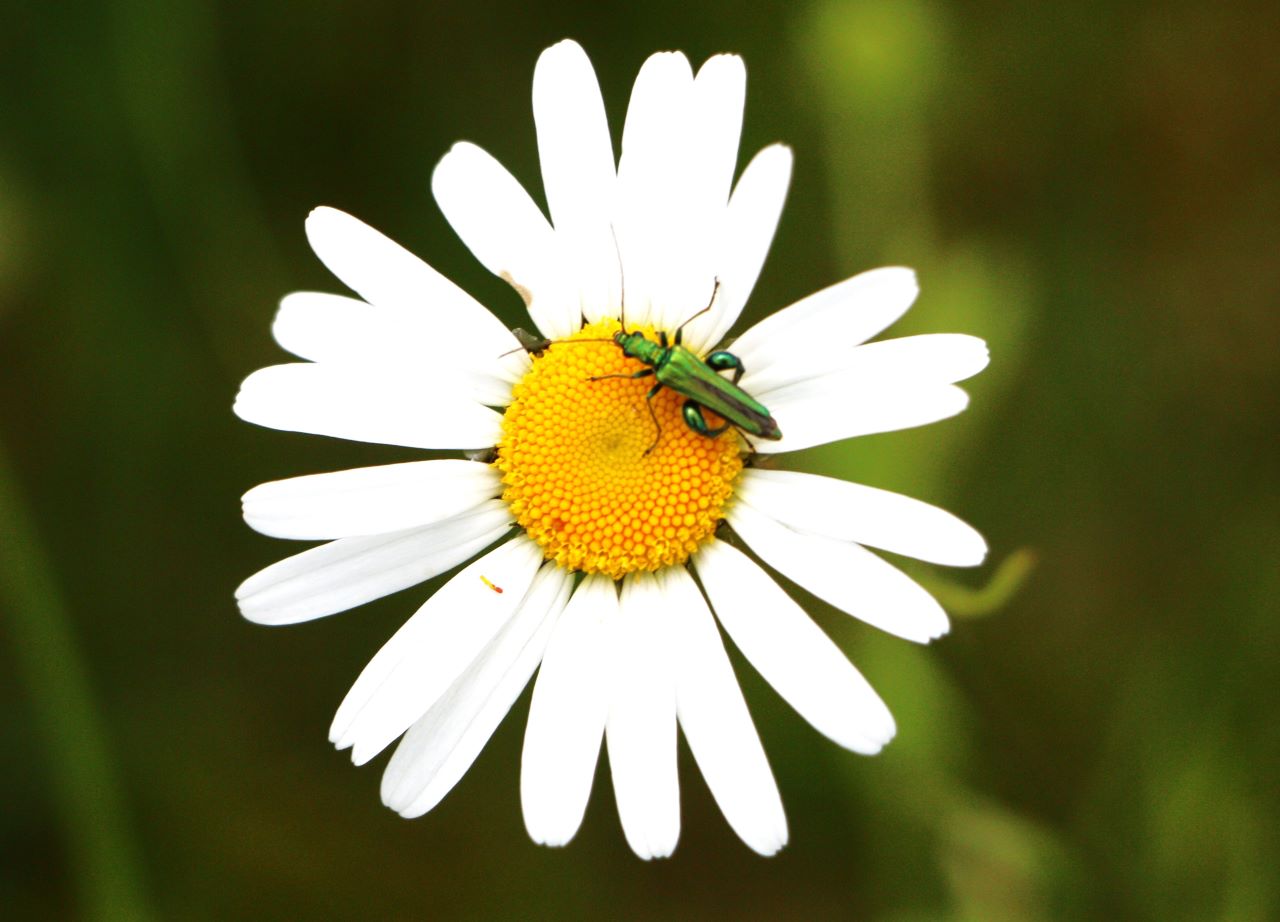
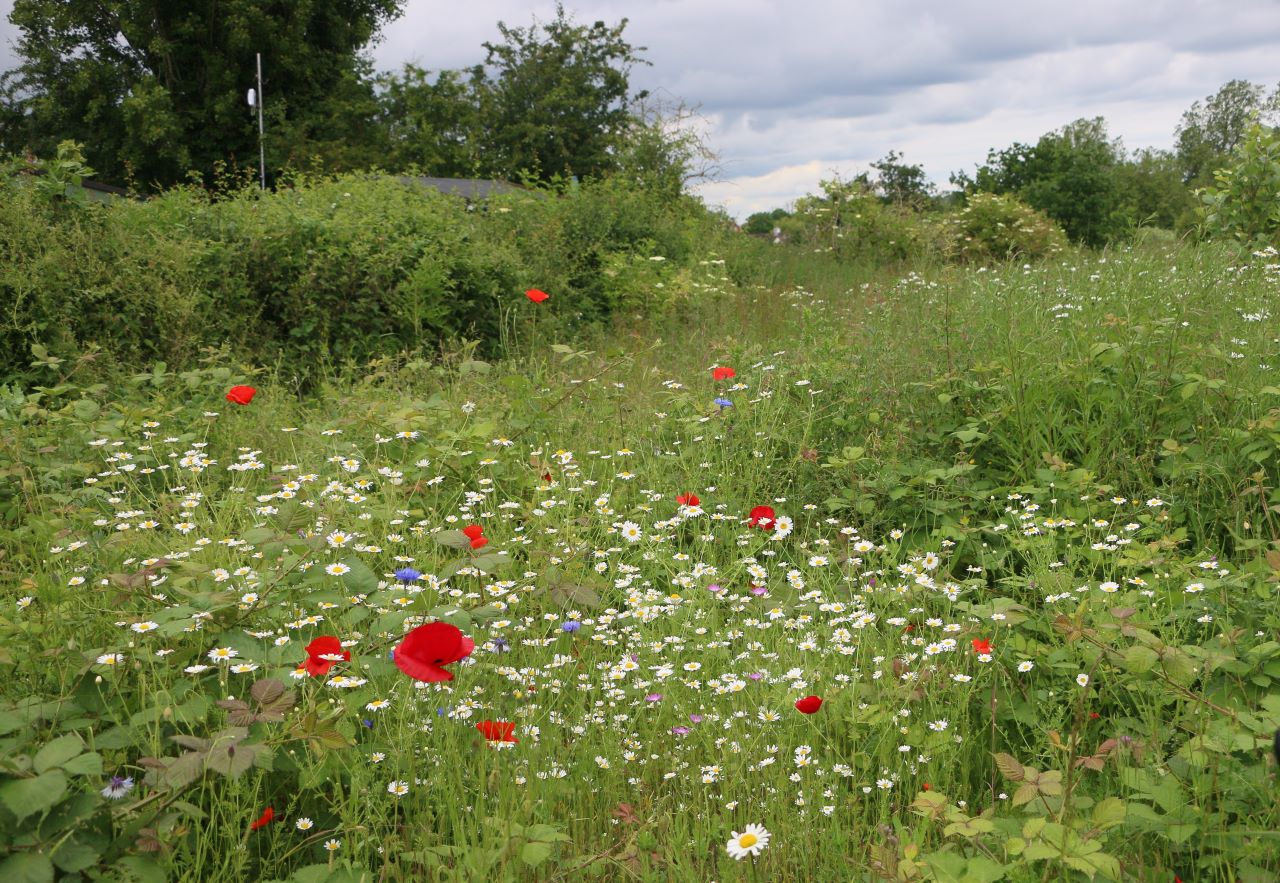

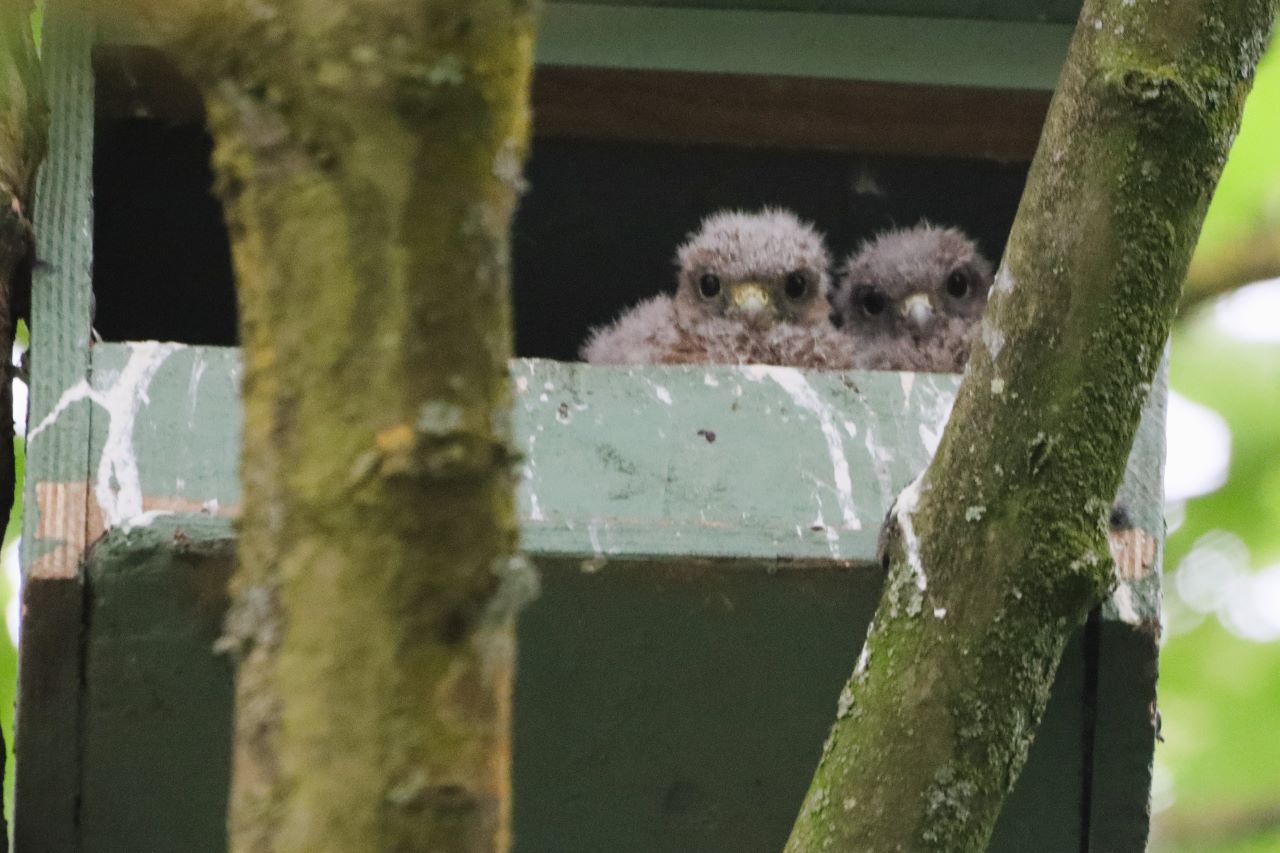
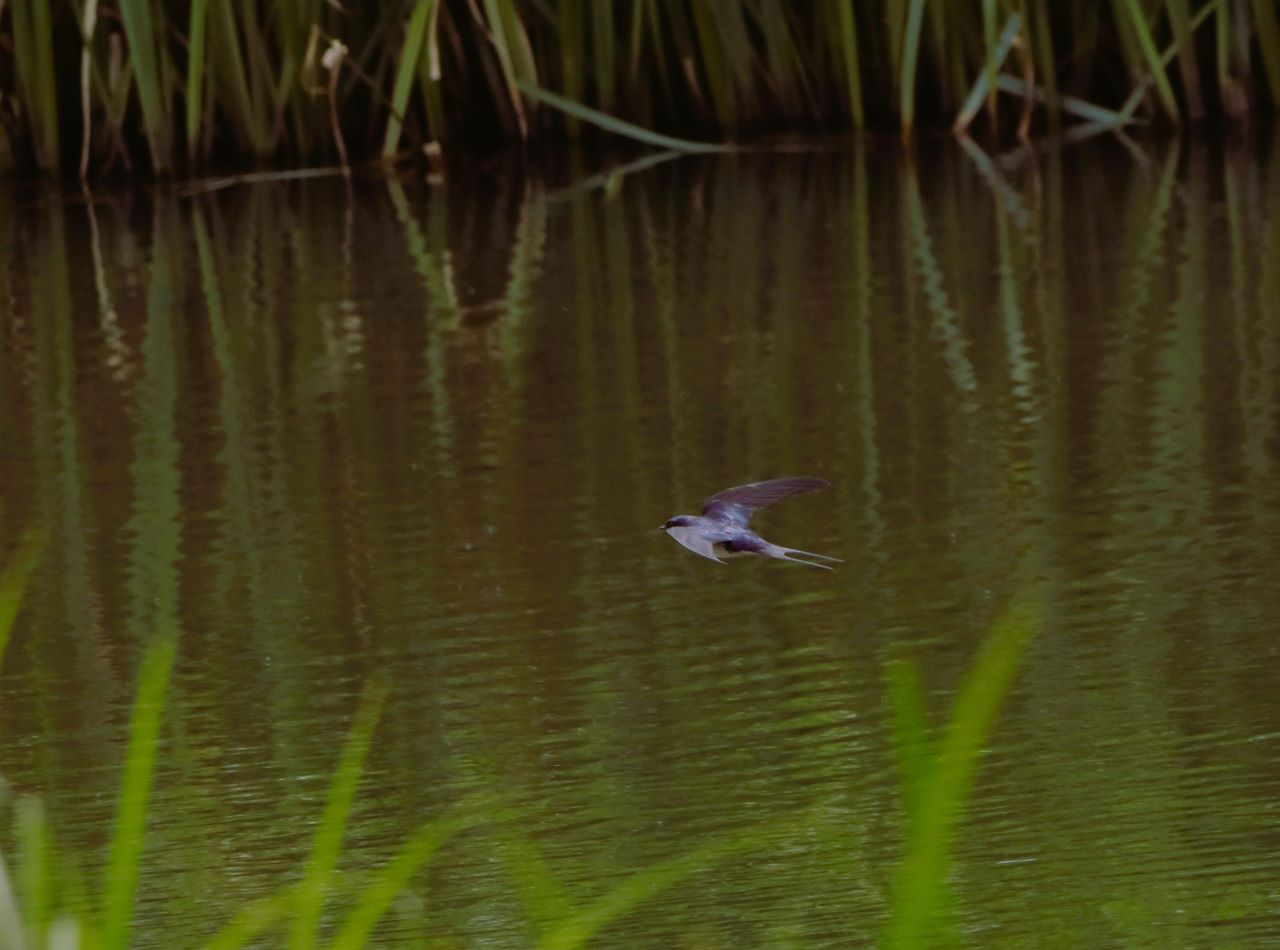
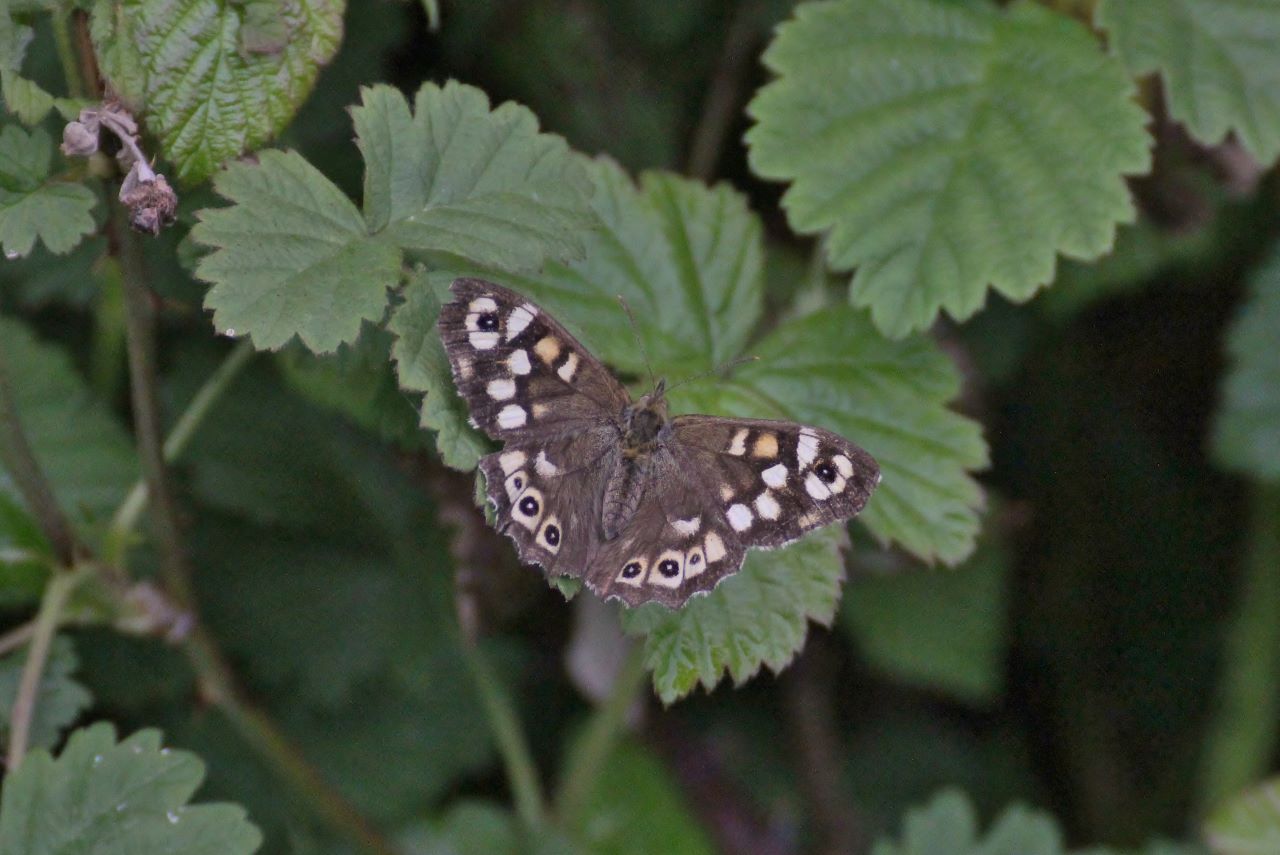

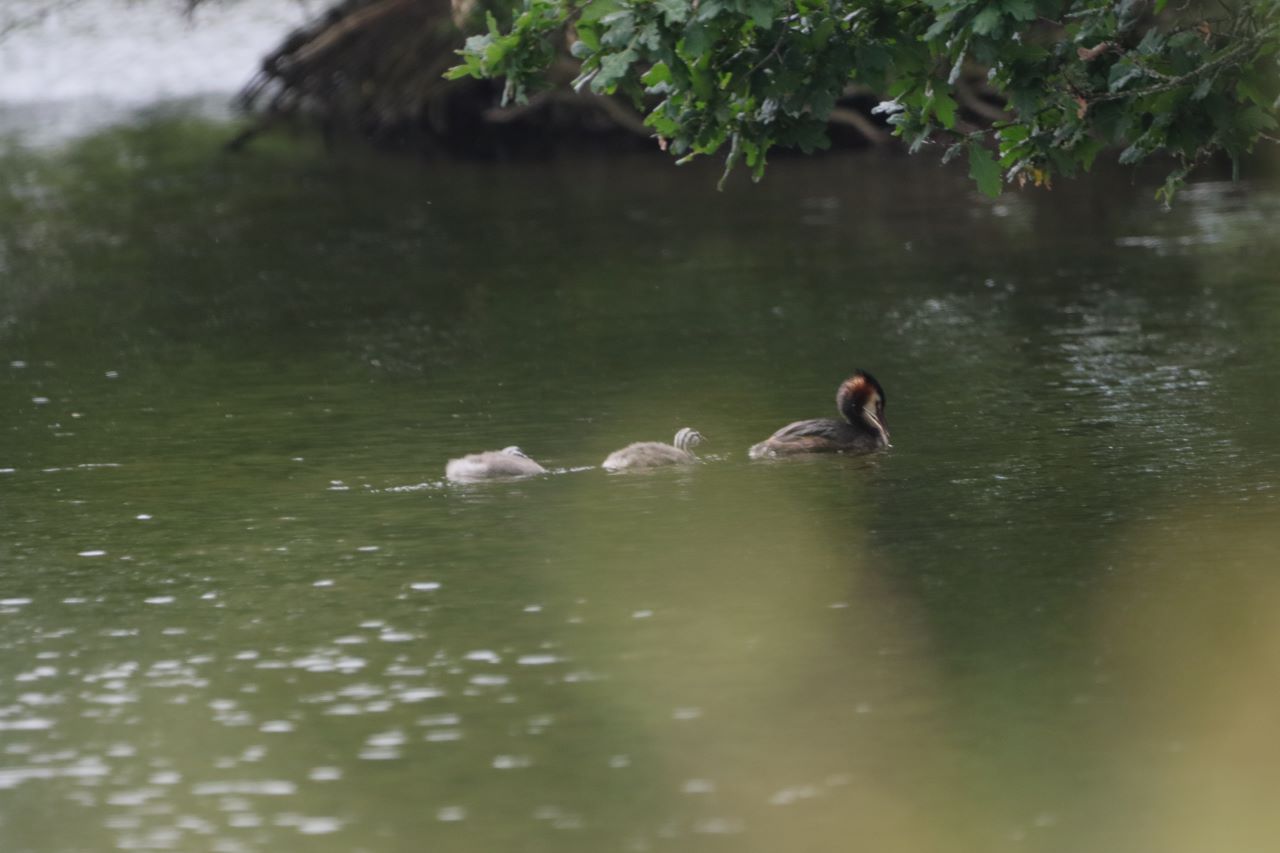
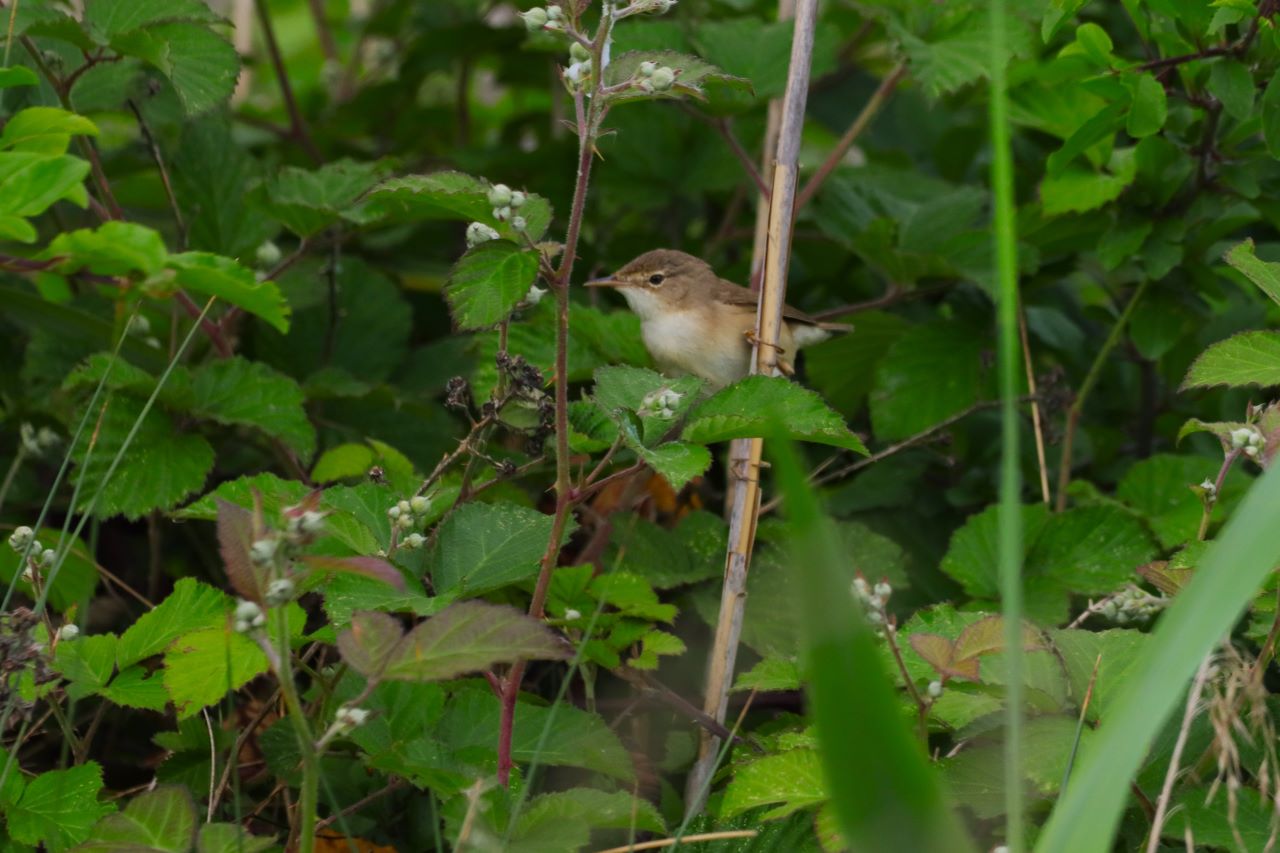
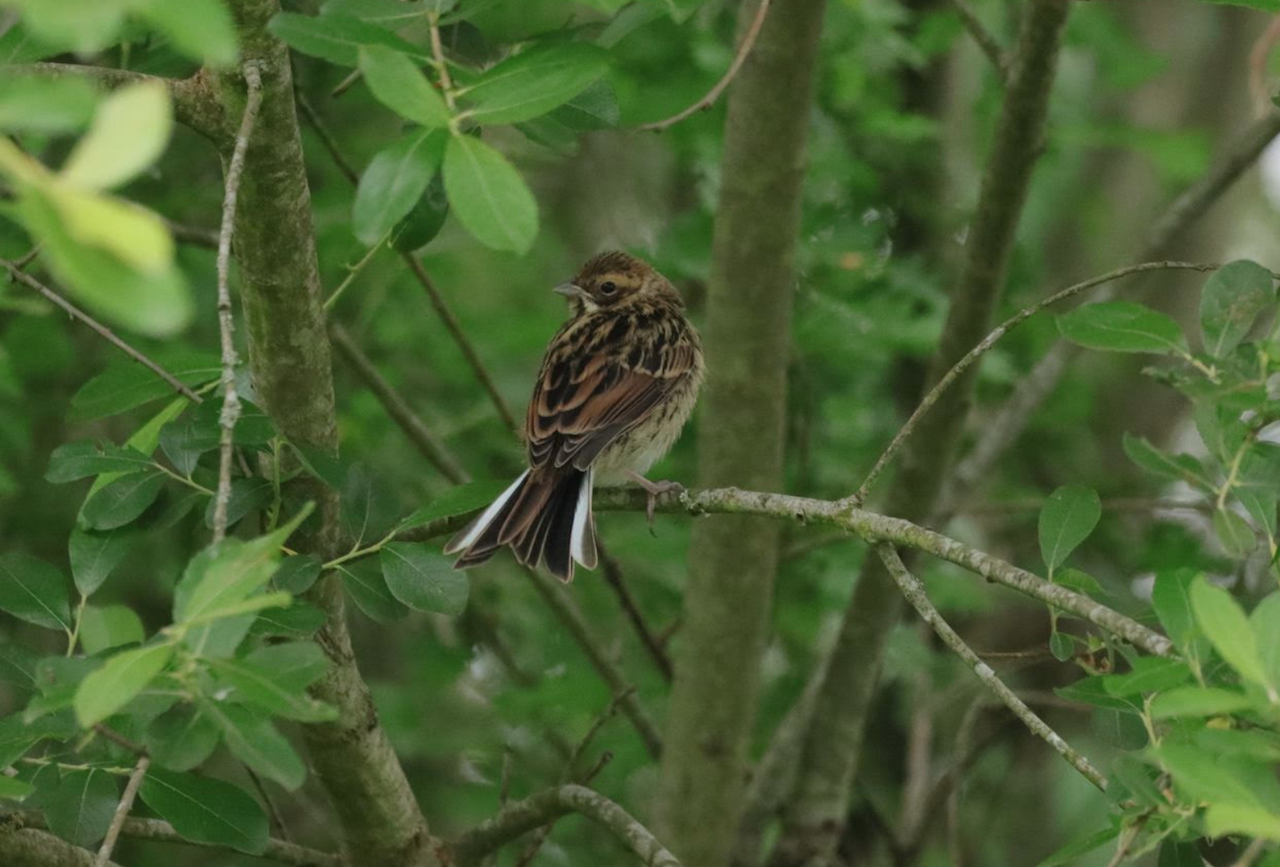
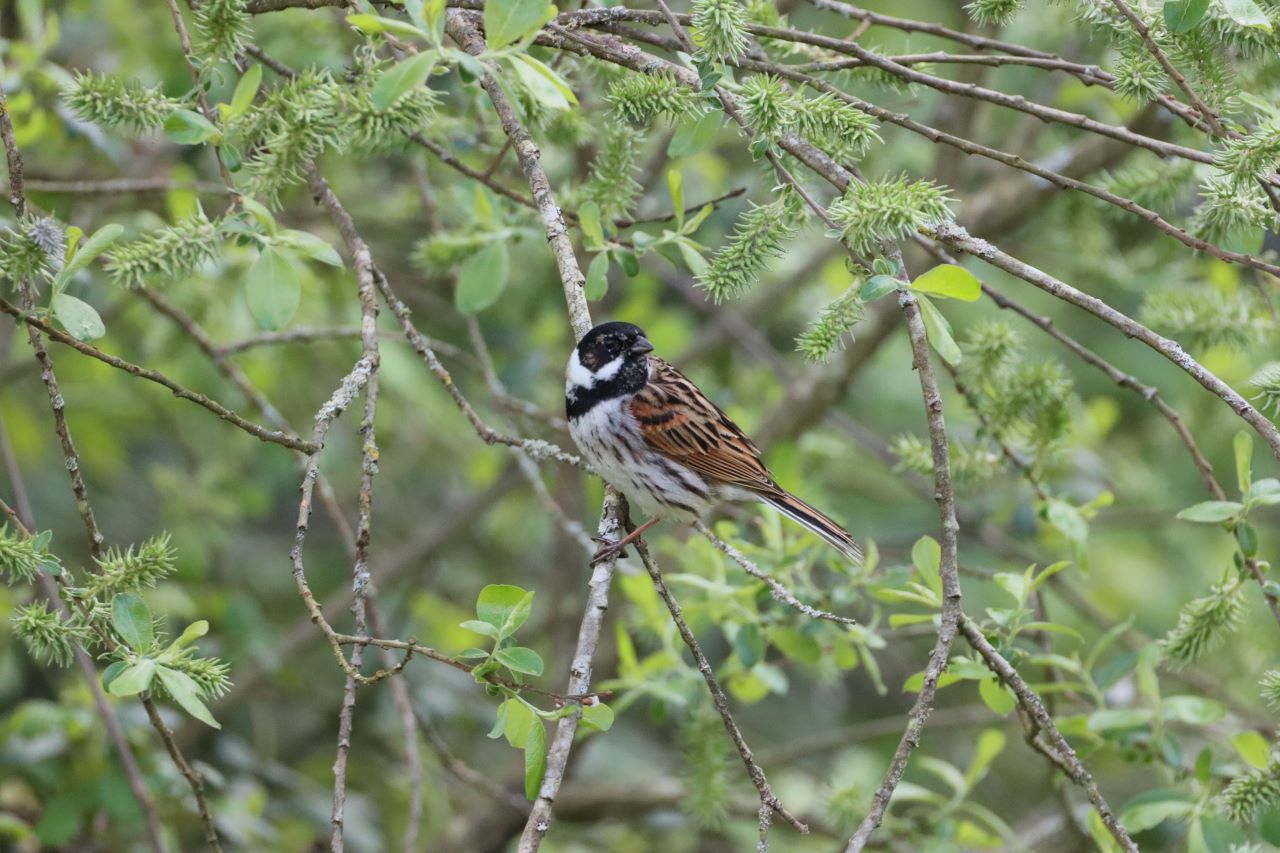


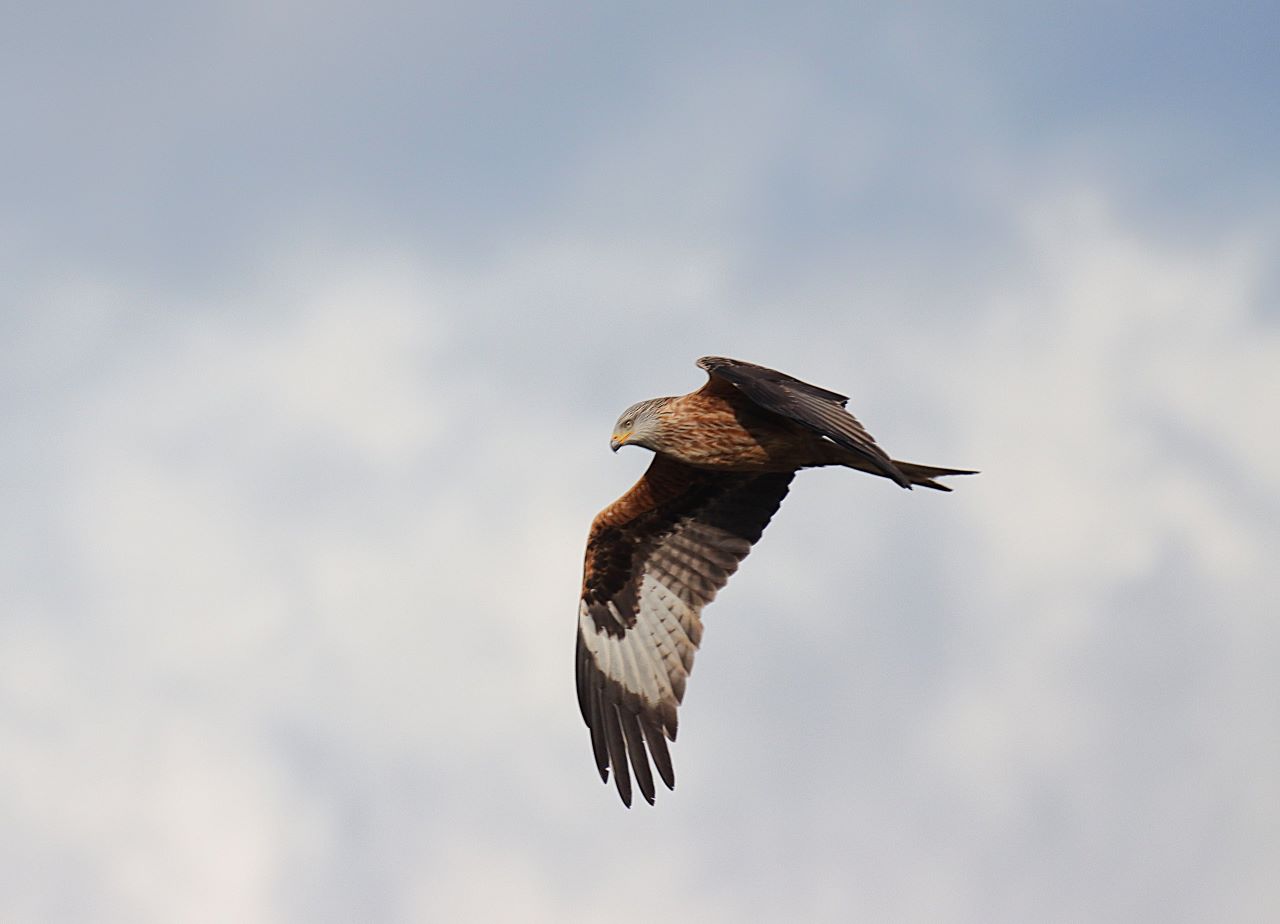
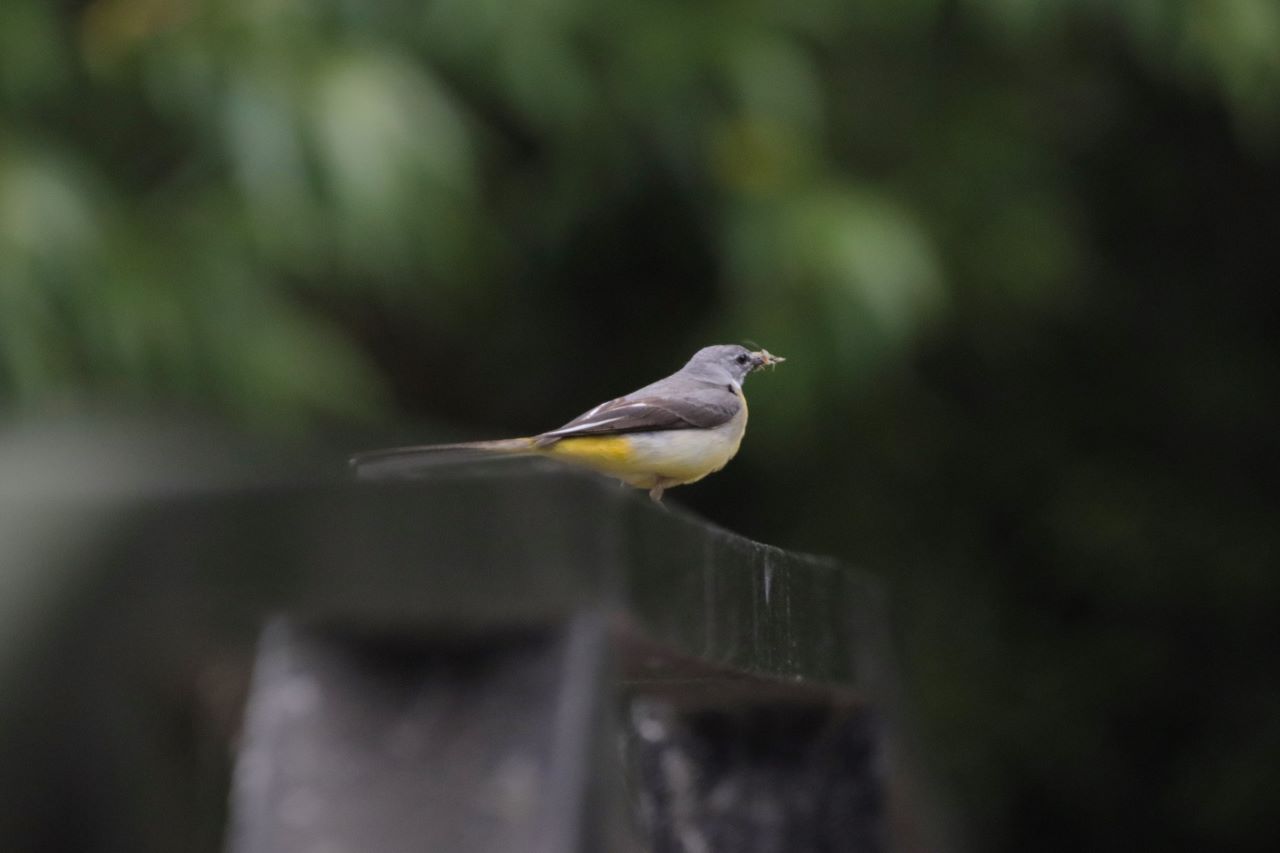
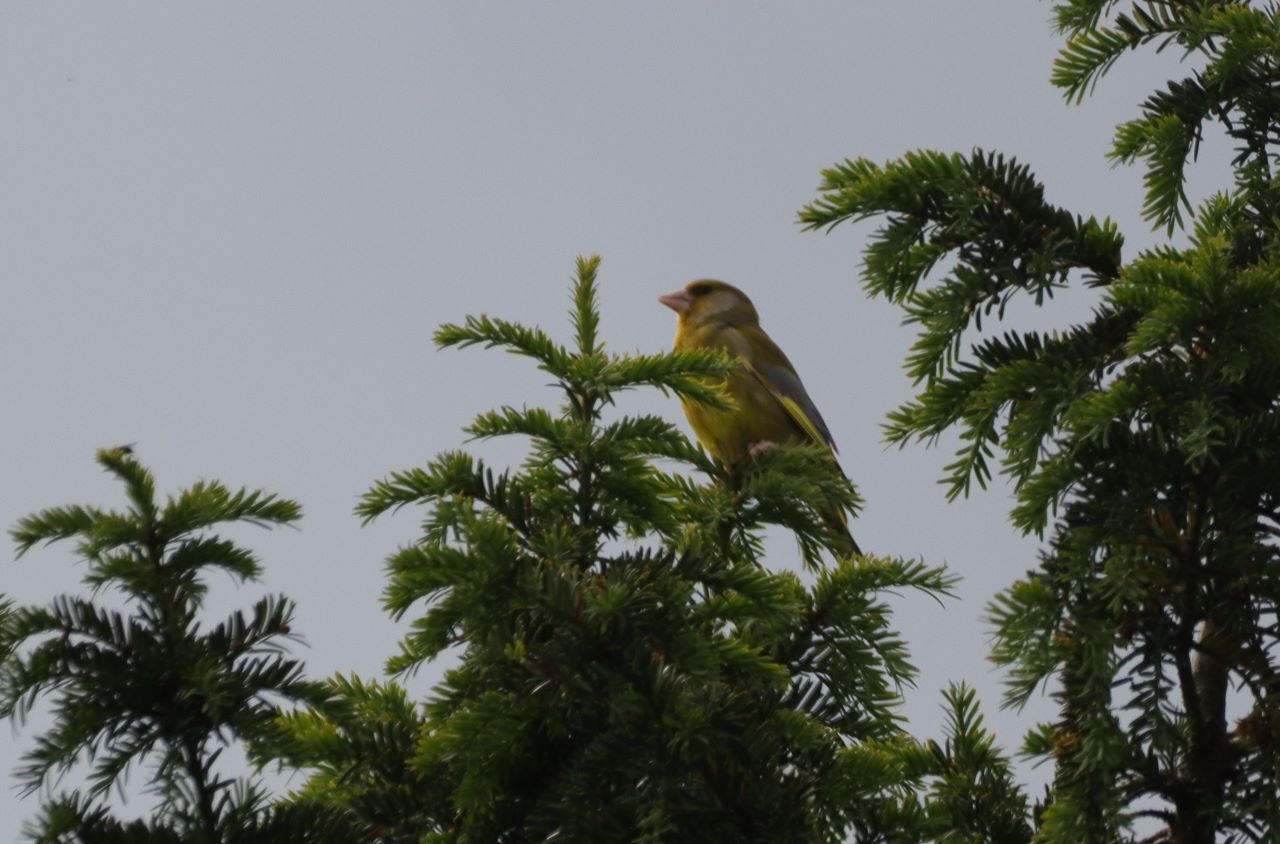
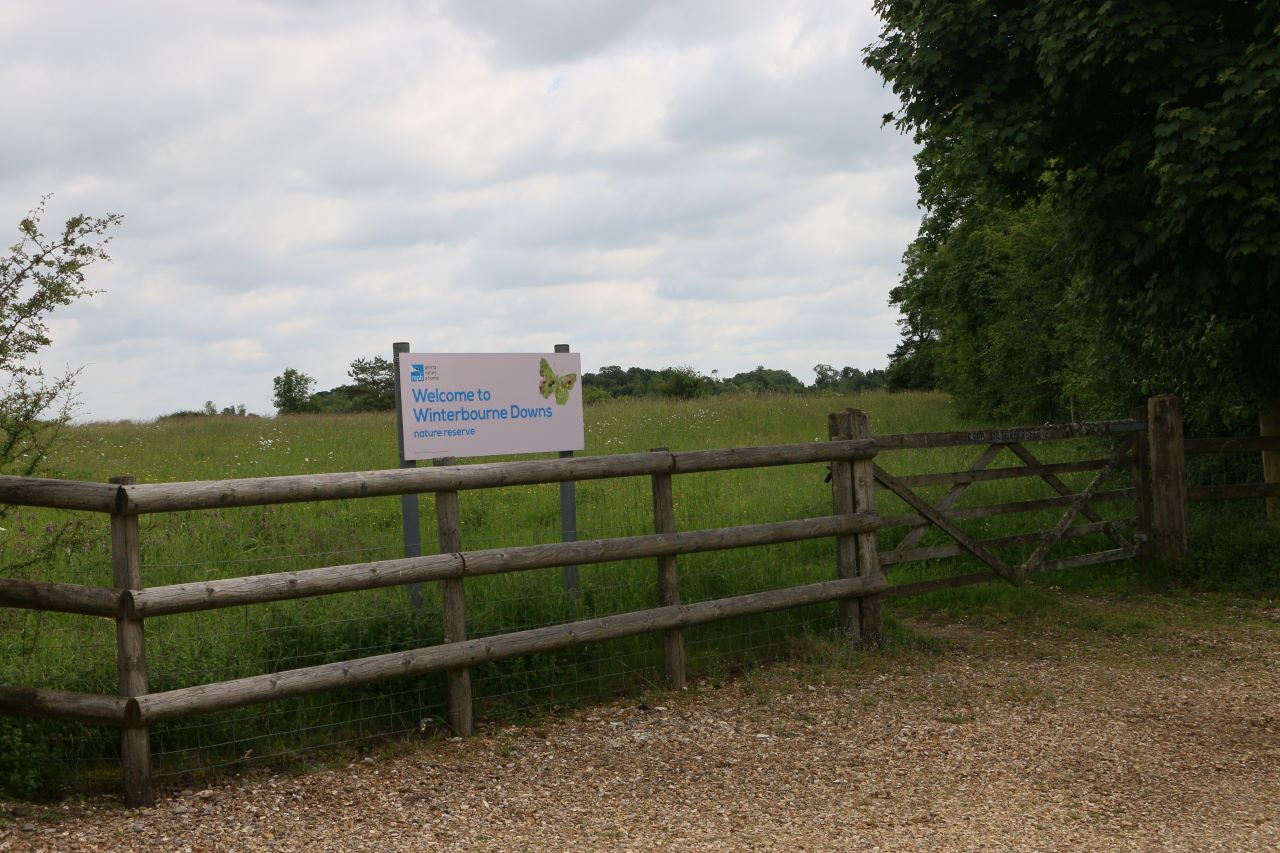
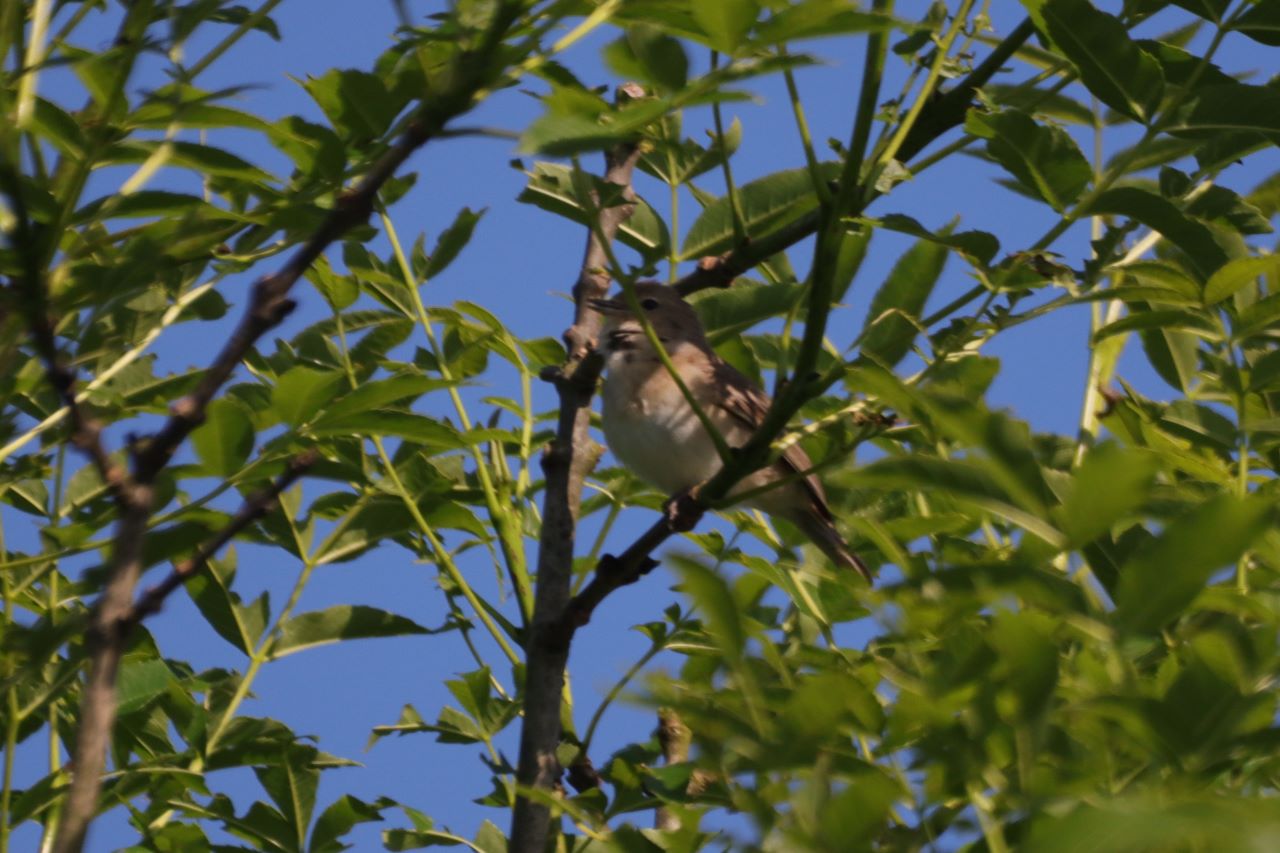
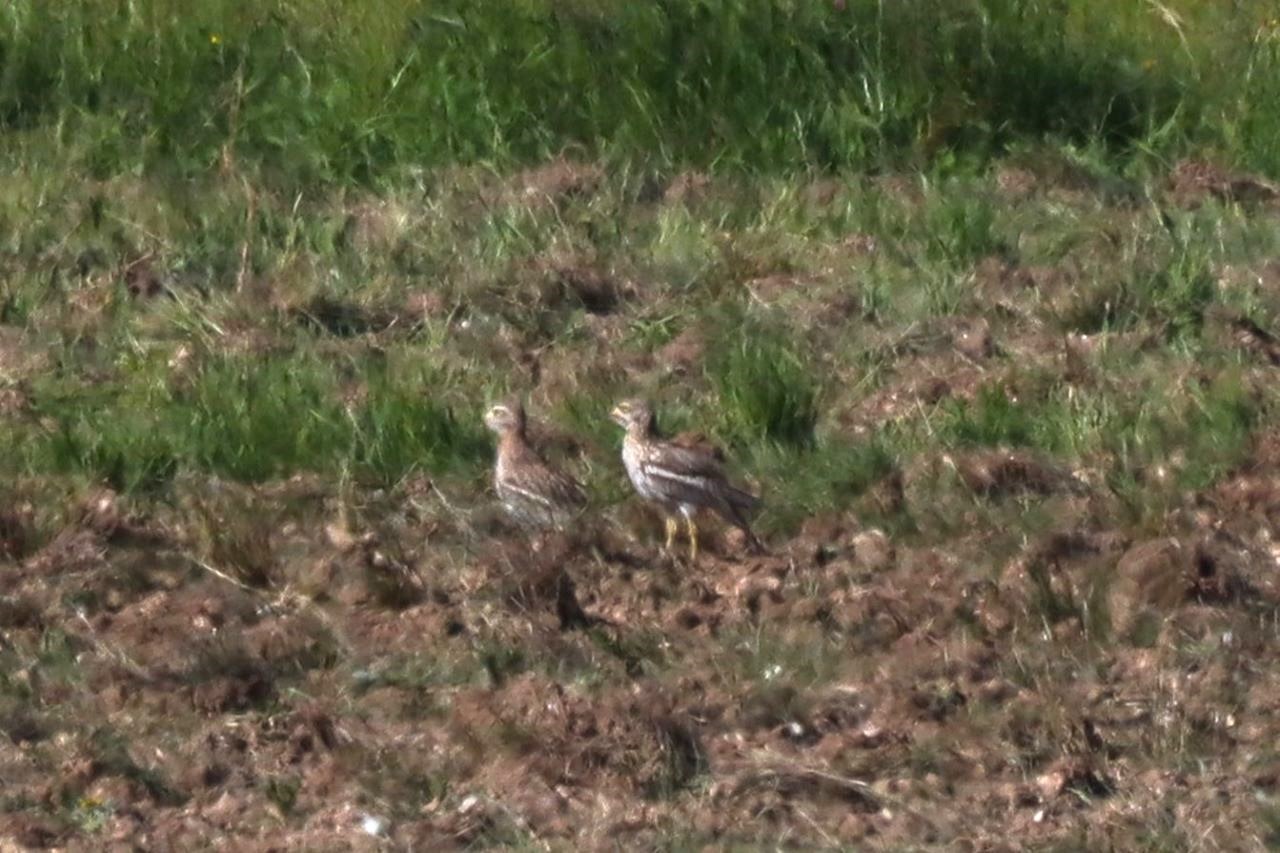
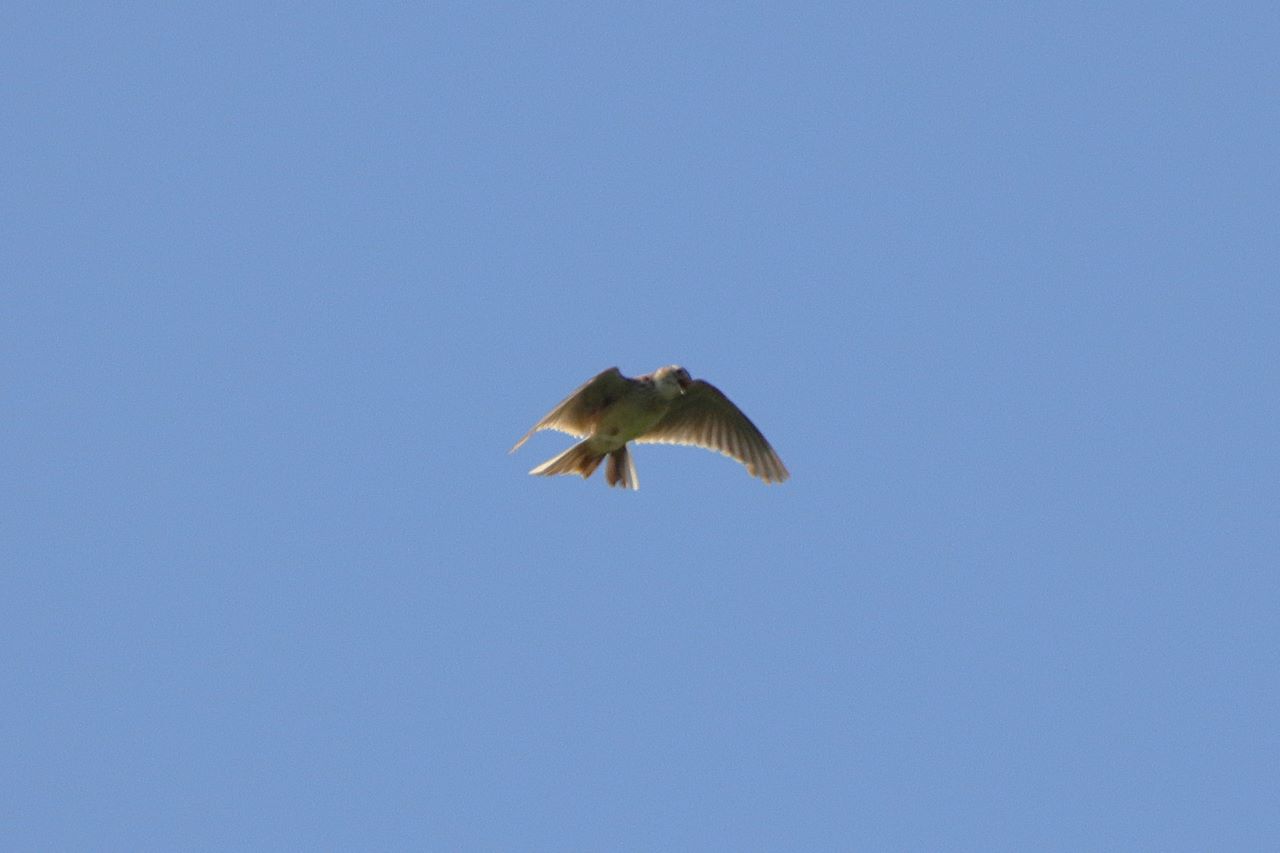
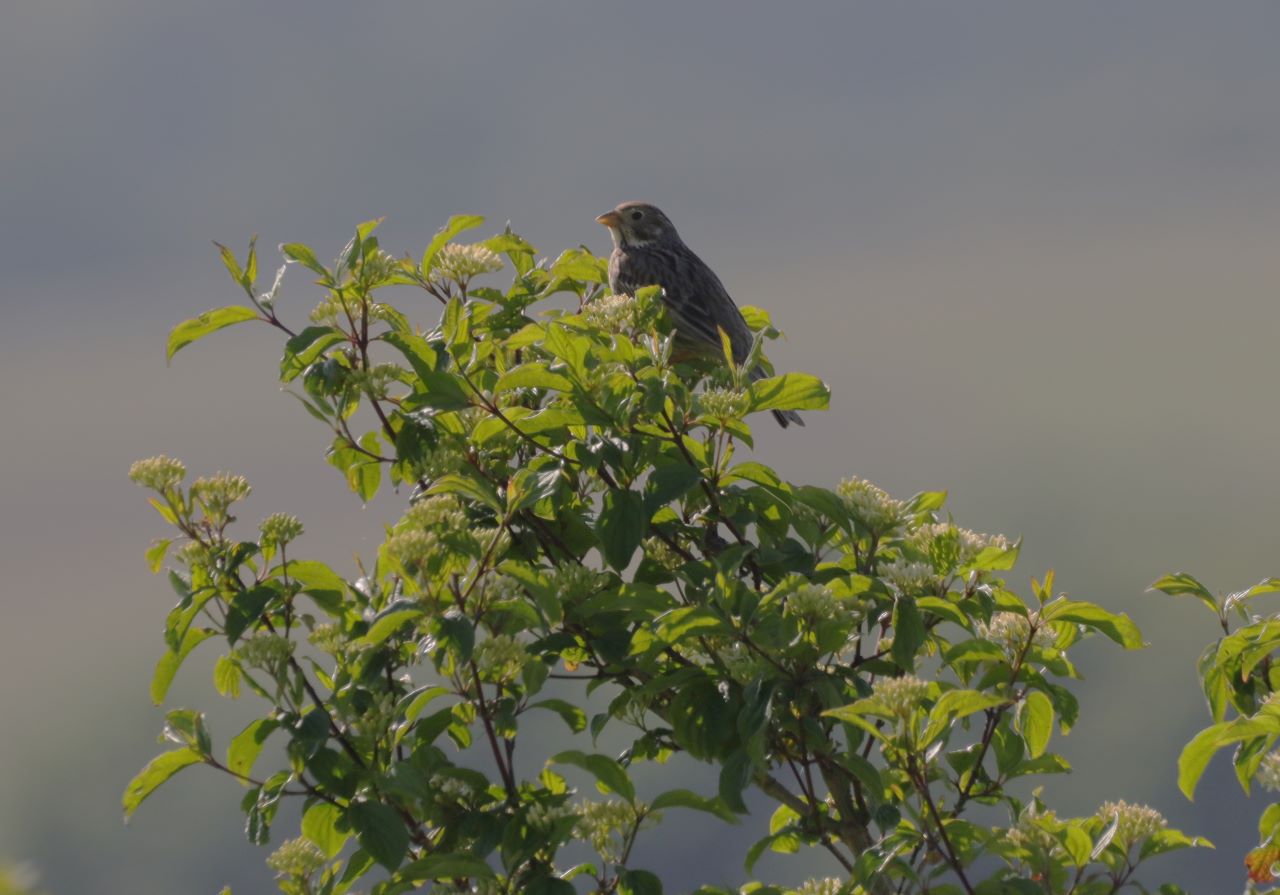

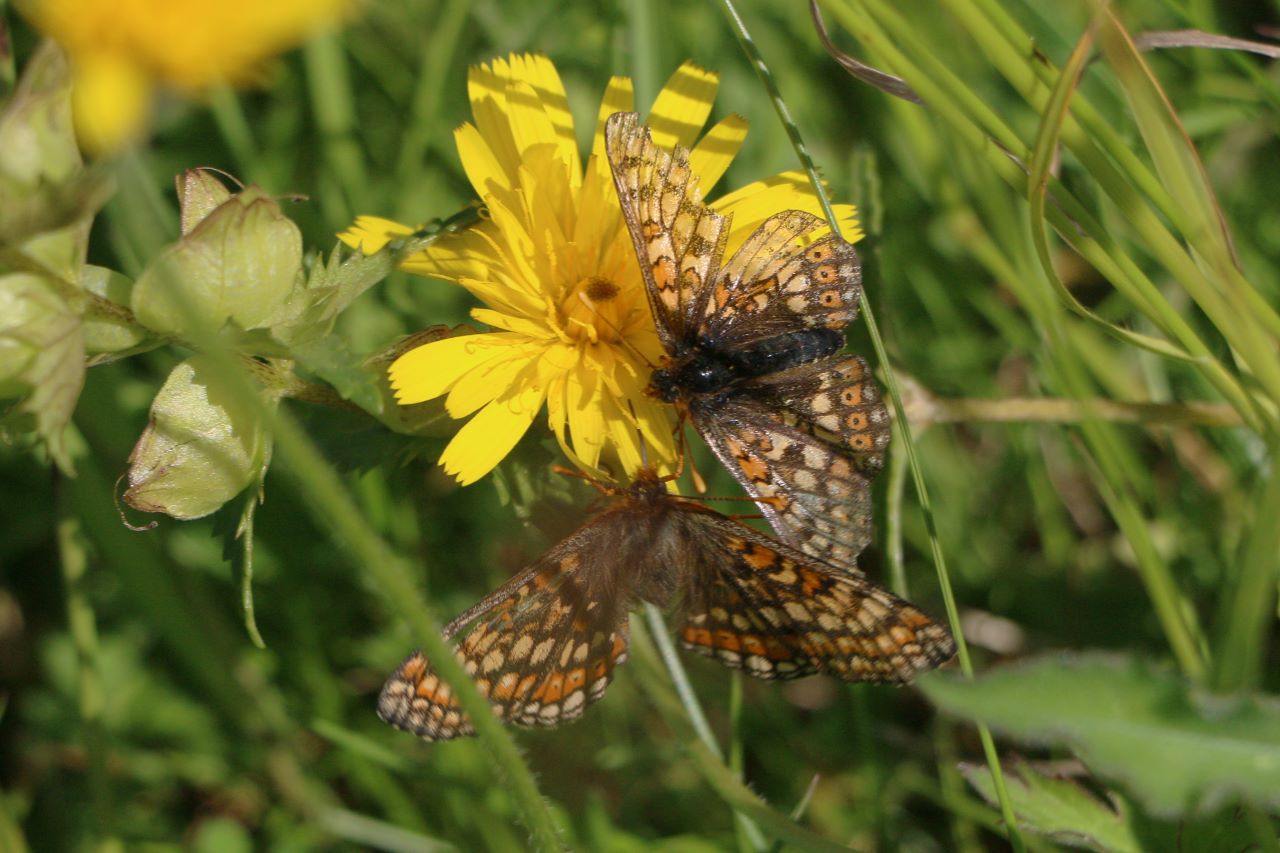
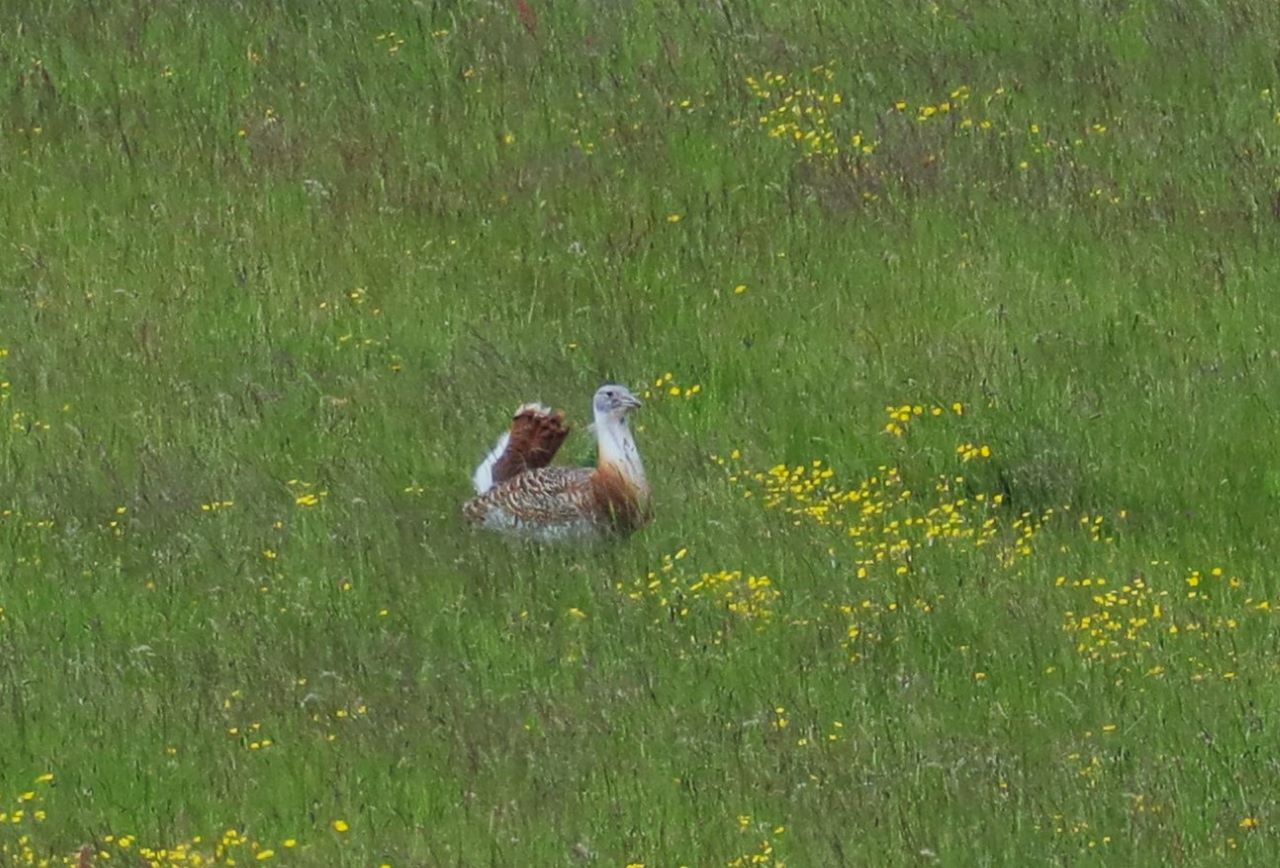
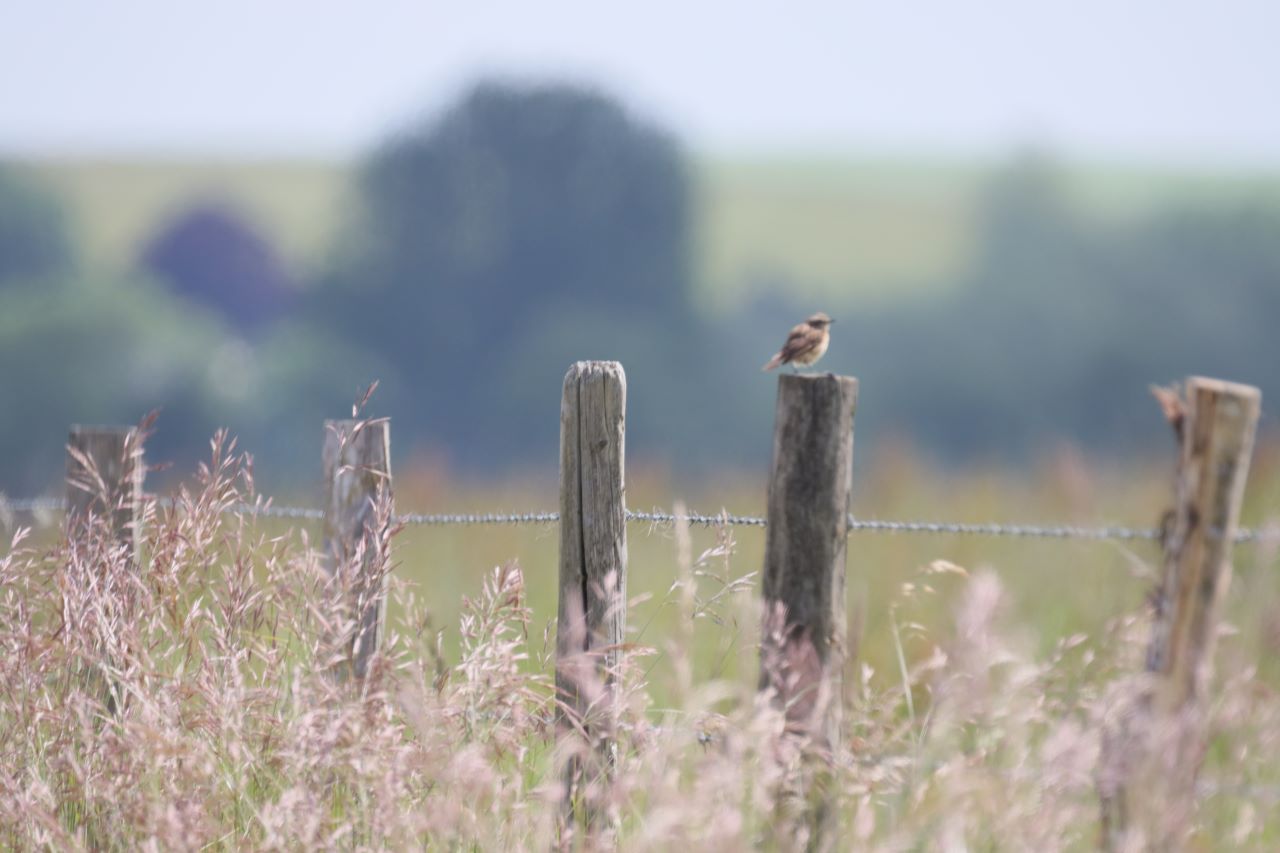
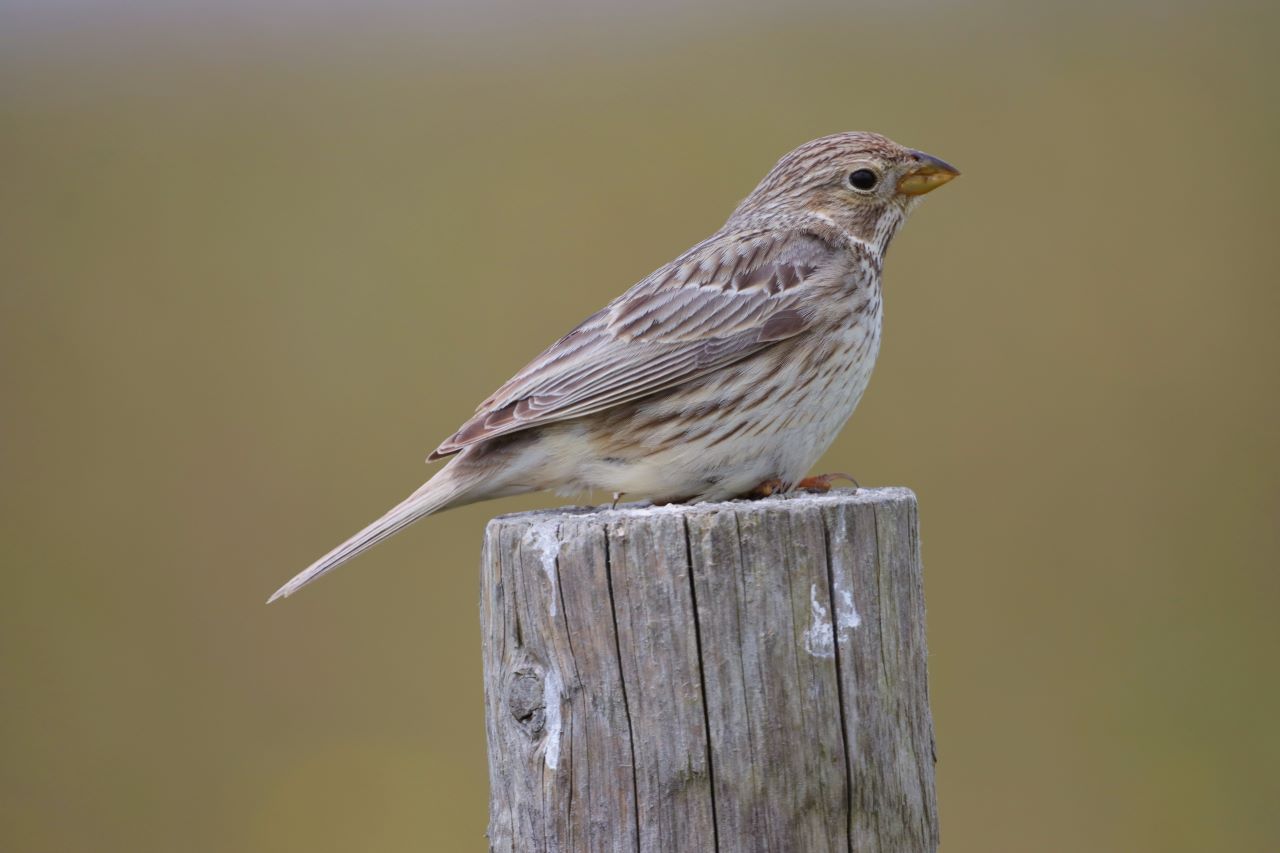
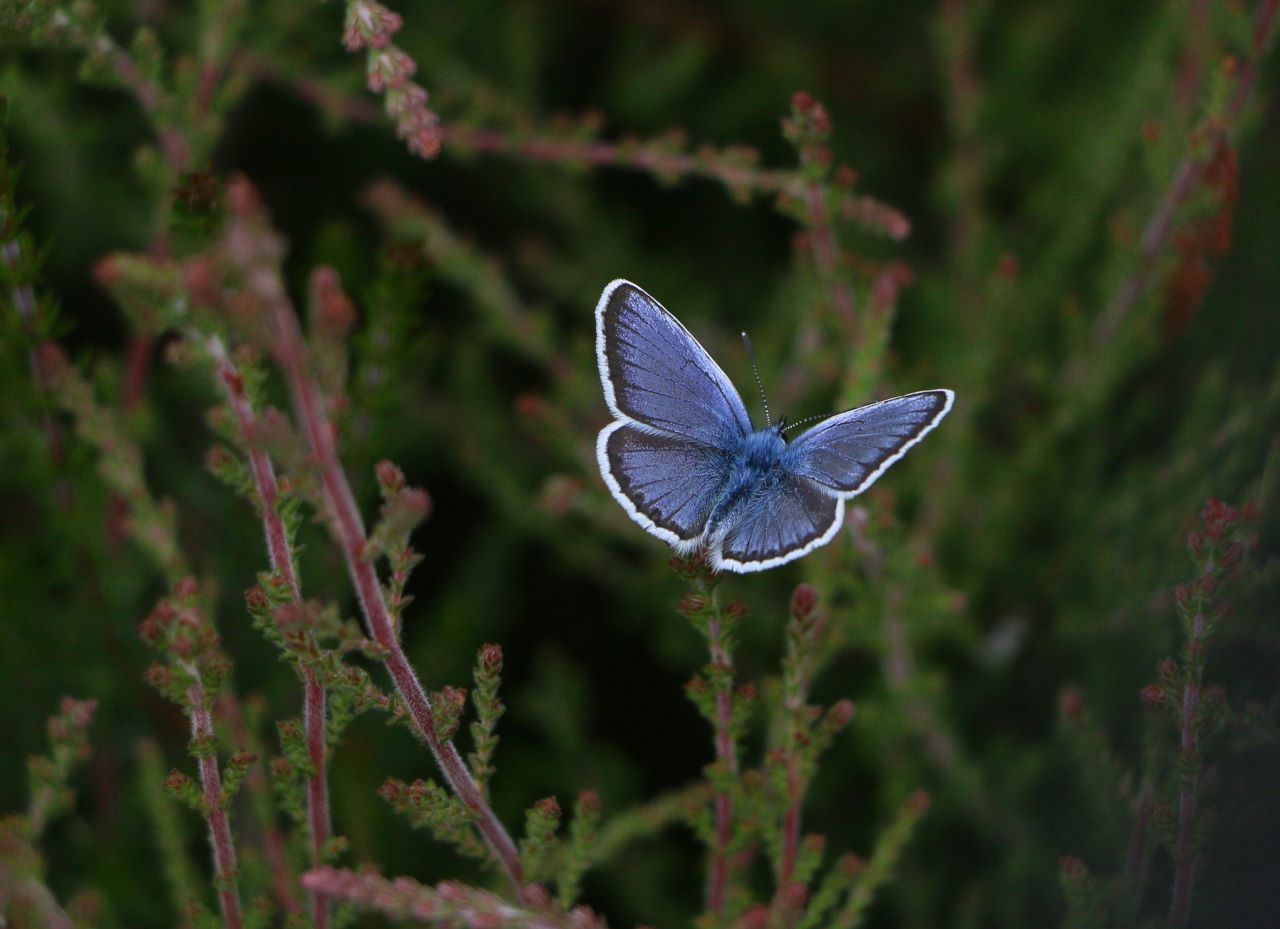
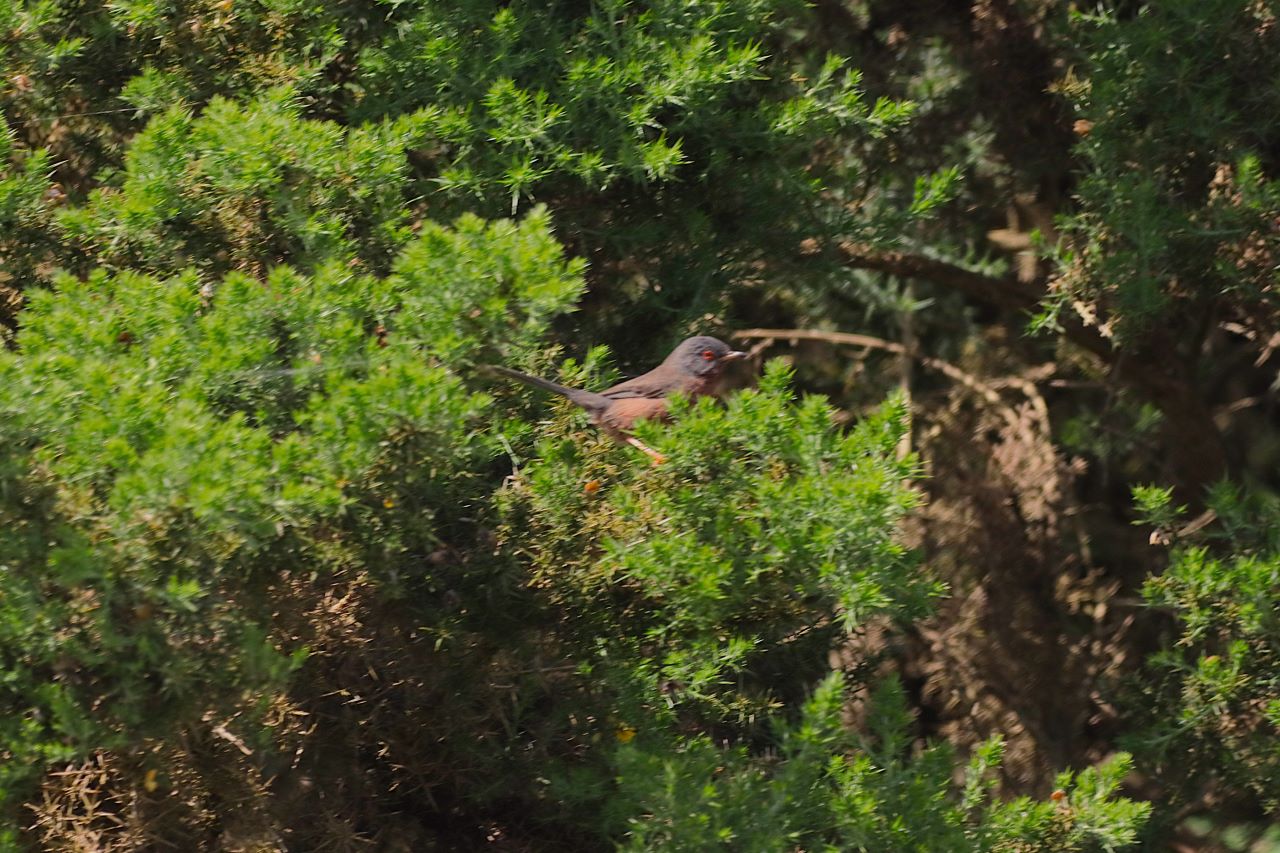
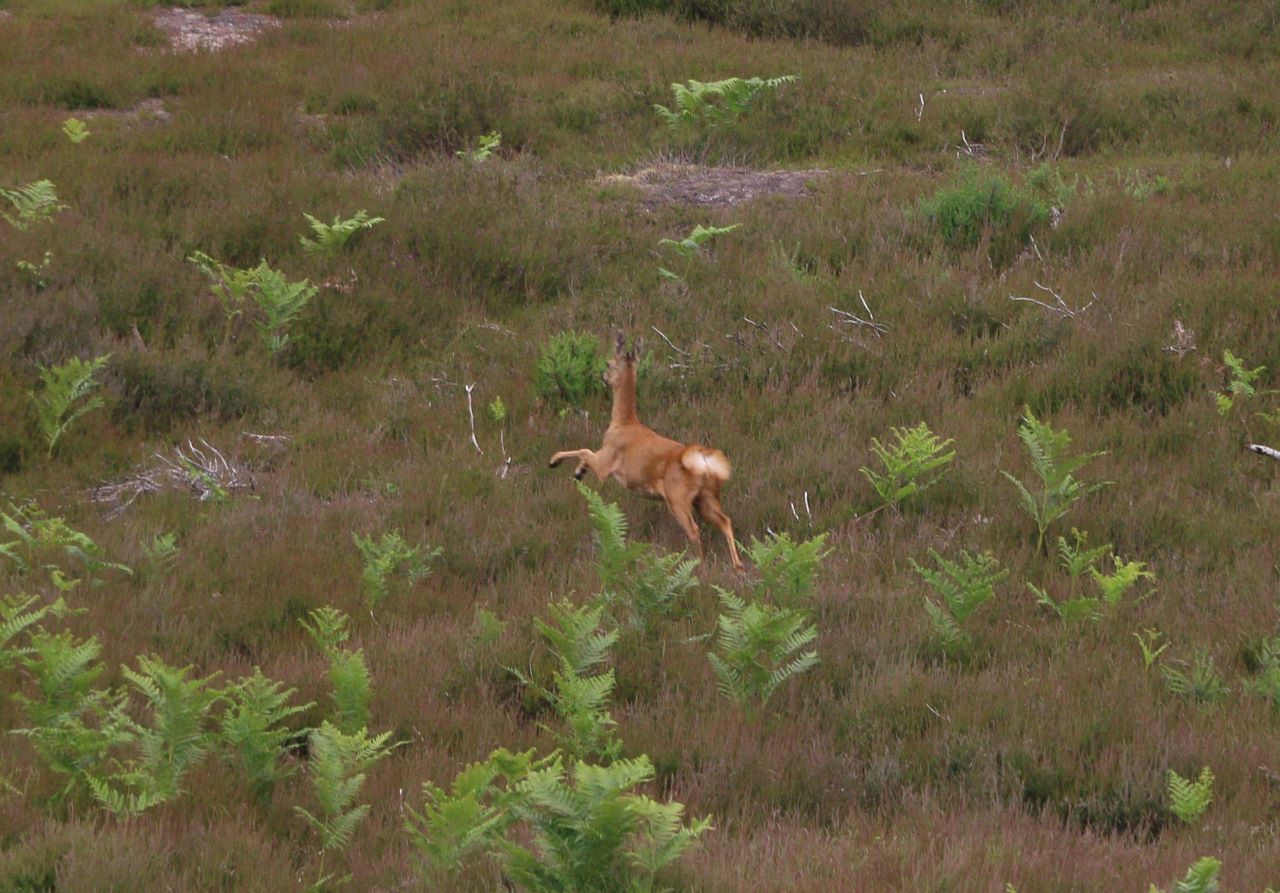

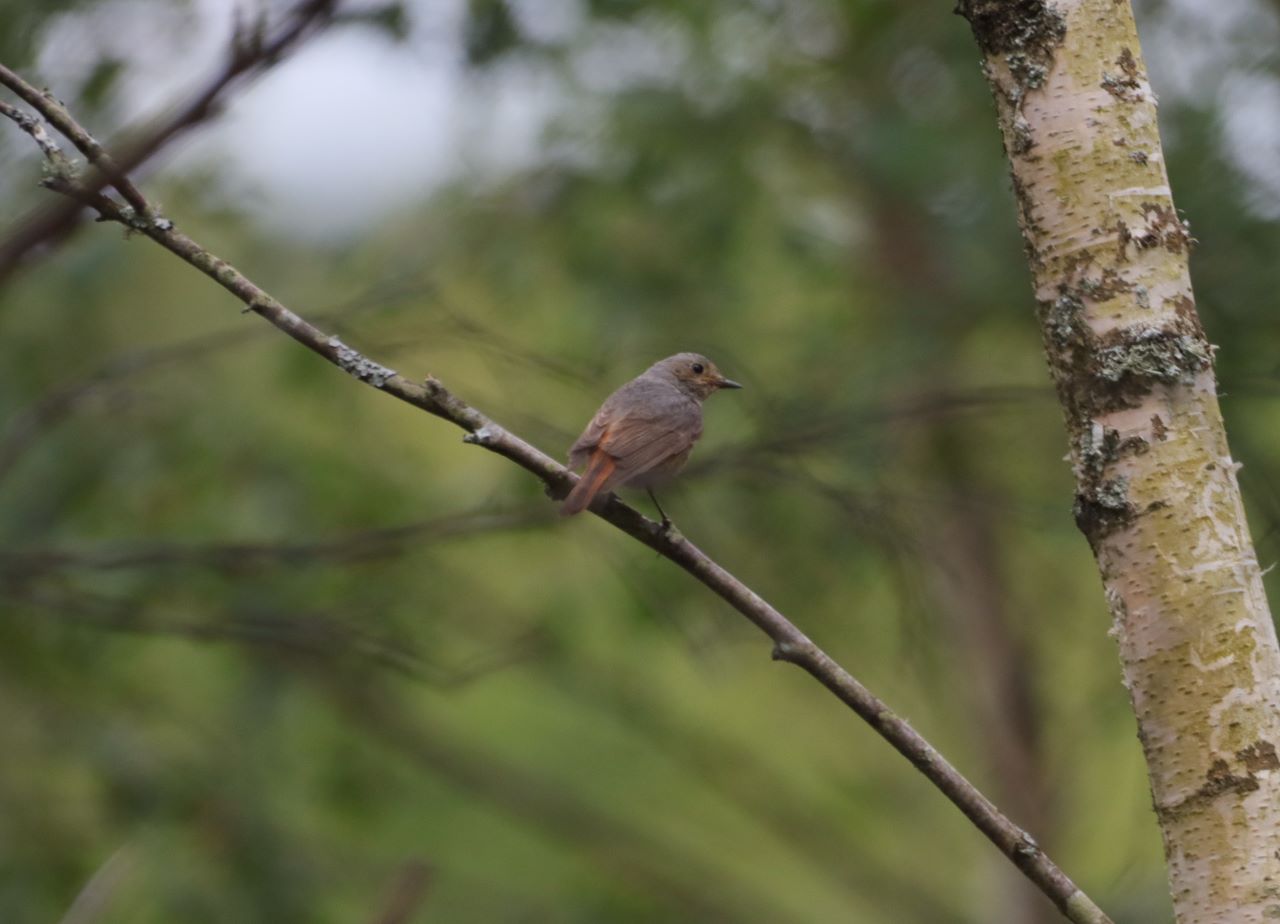
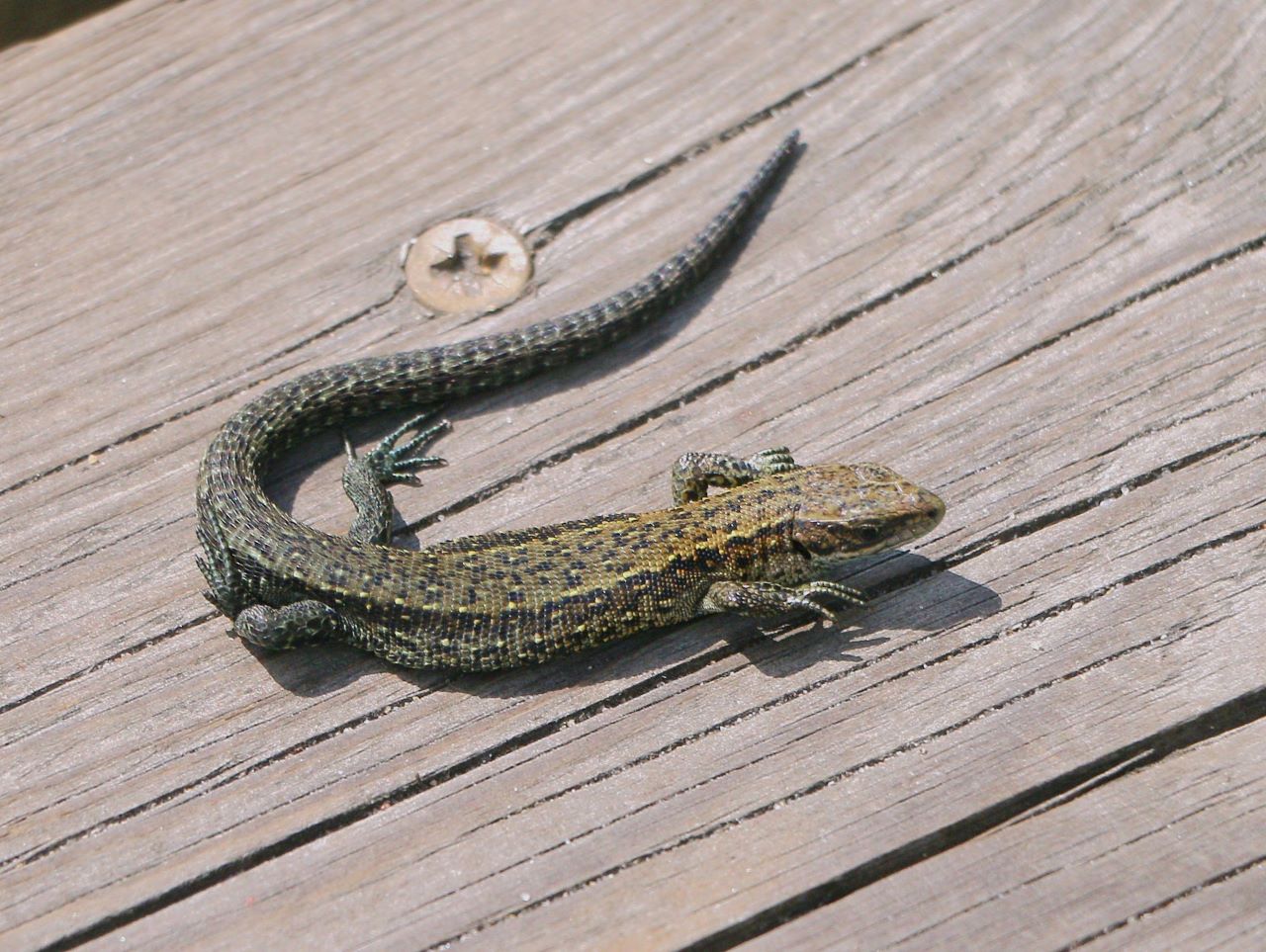
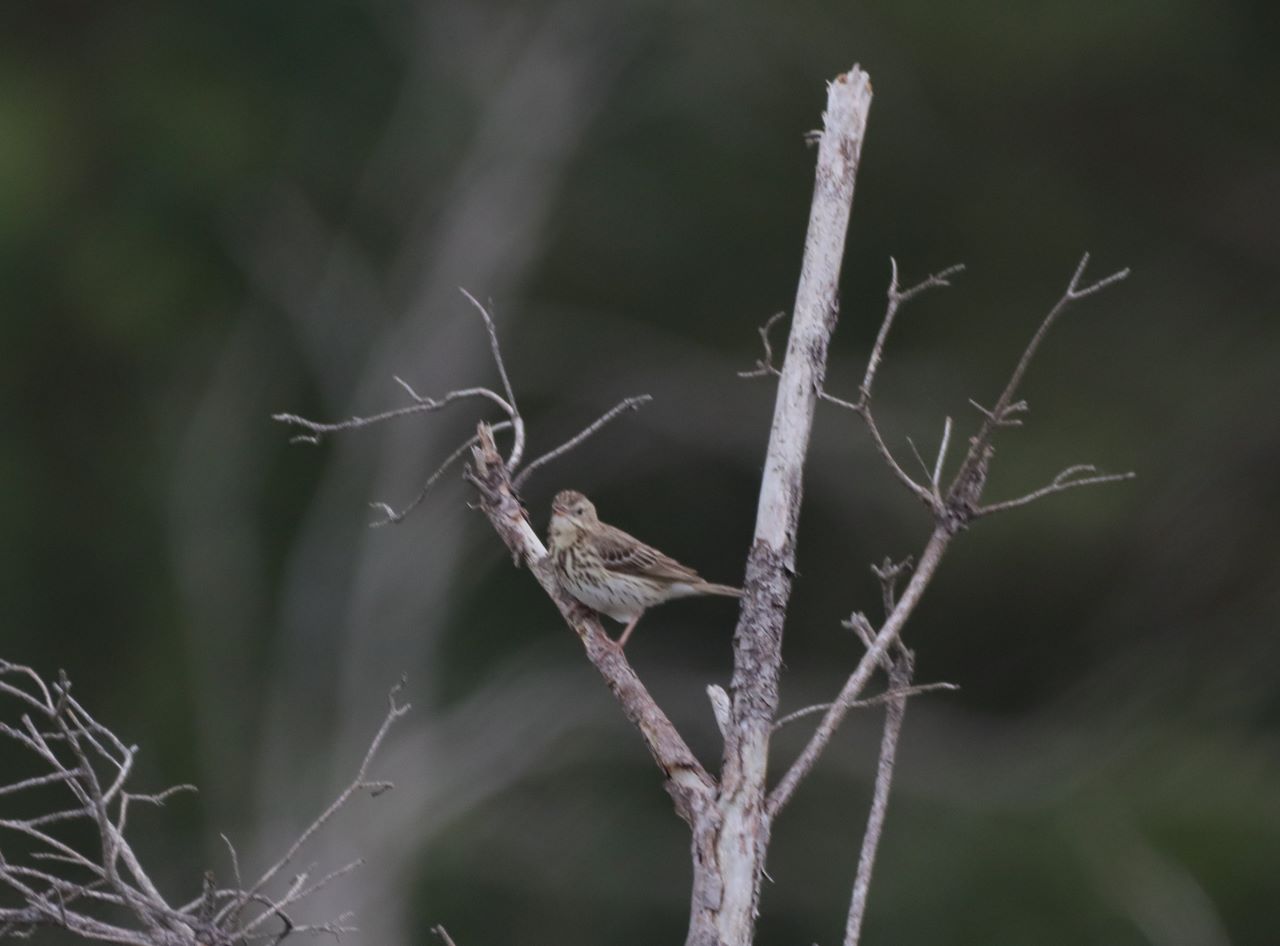

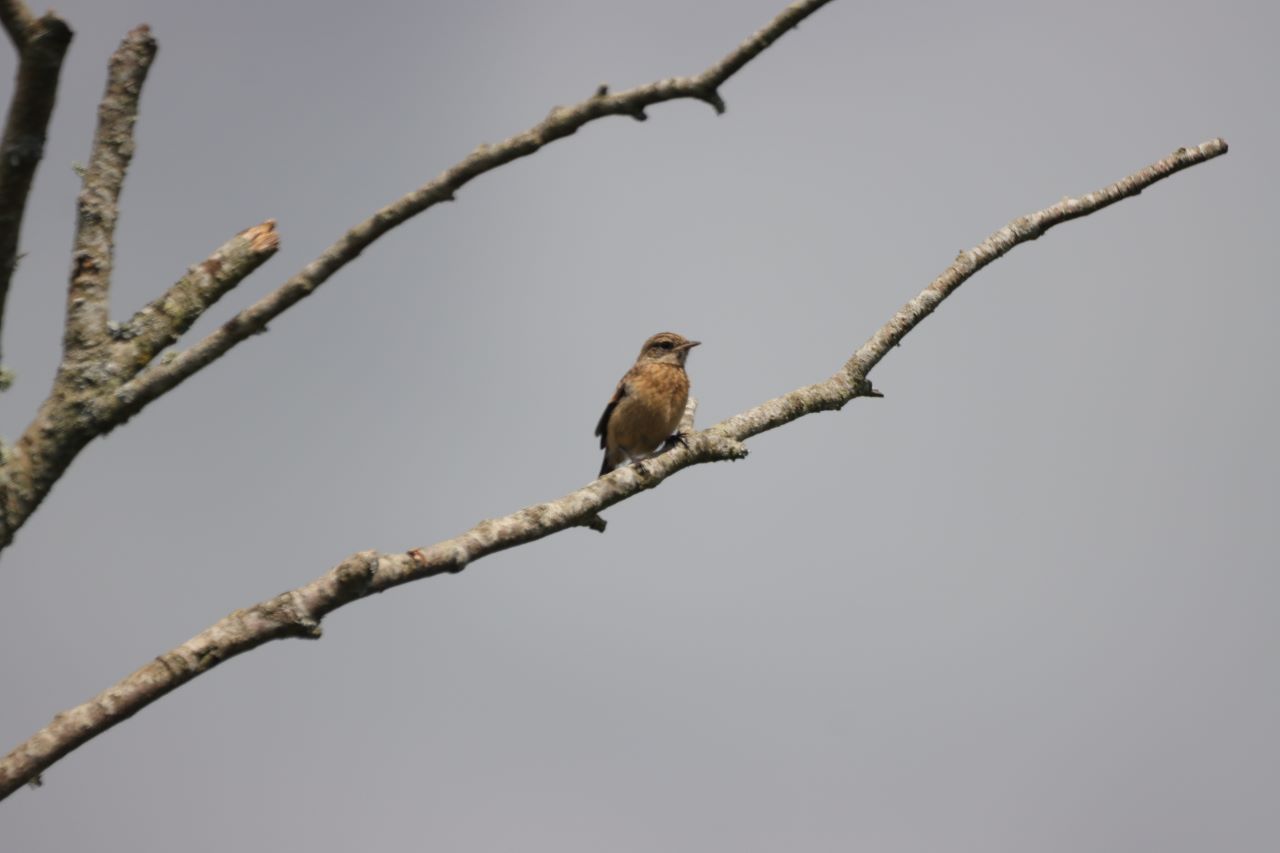







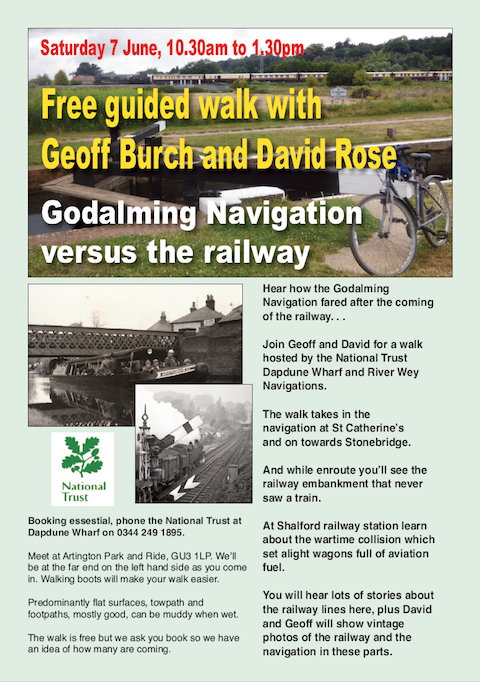


Recent Comments